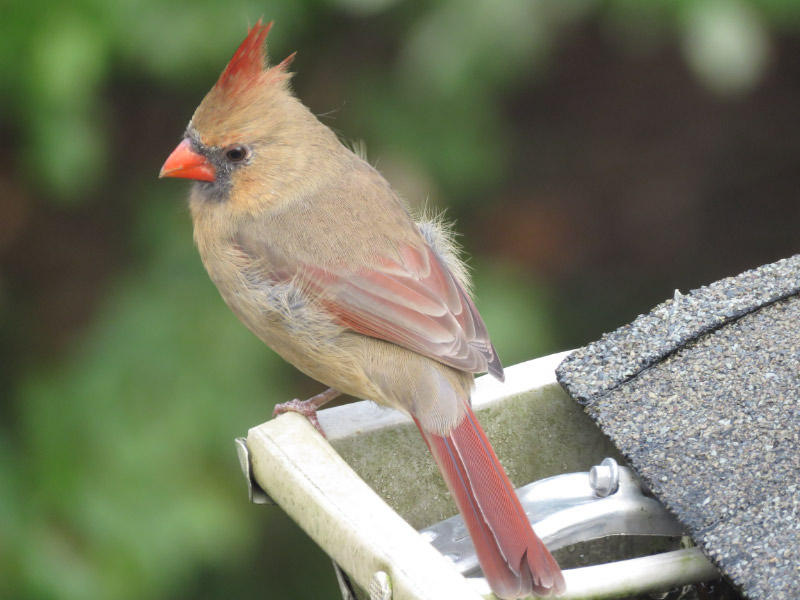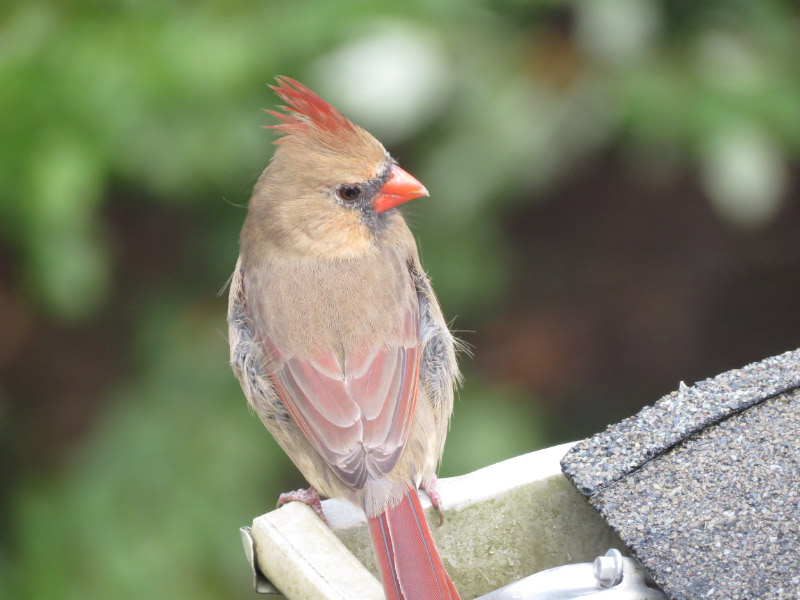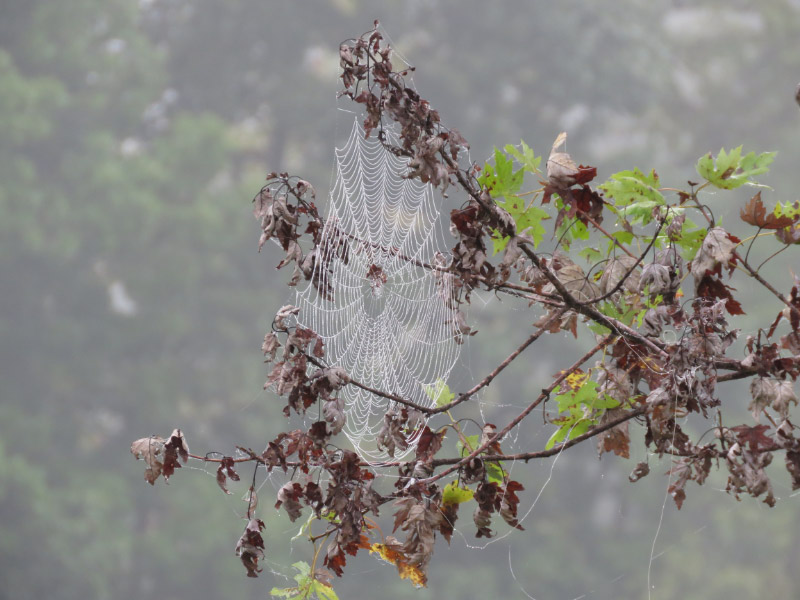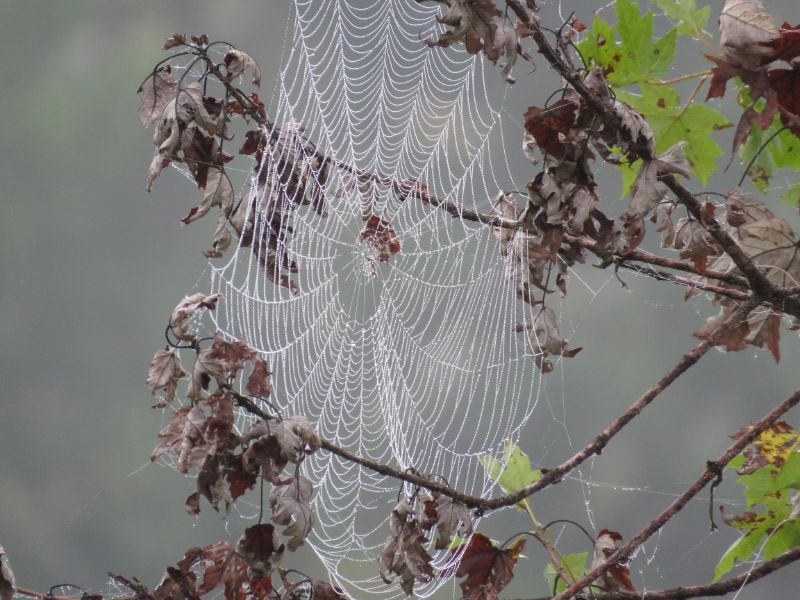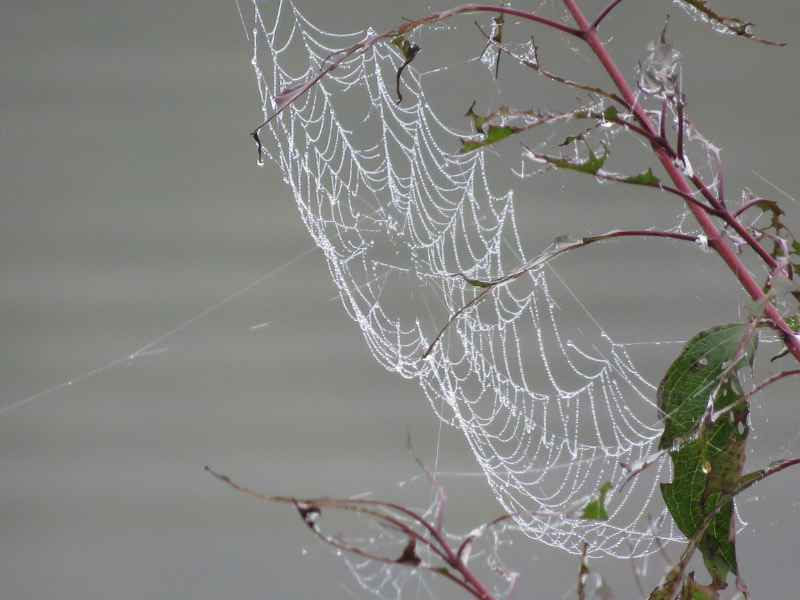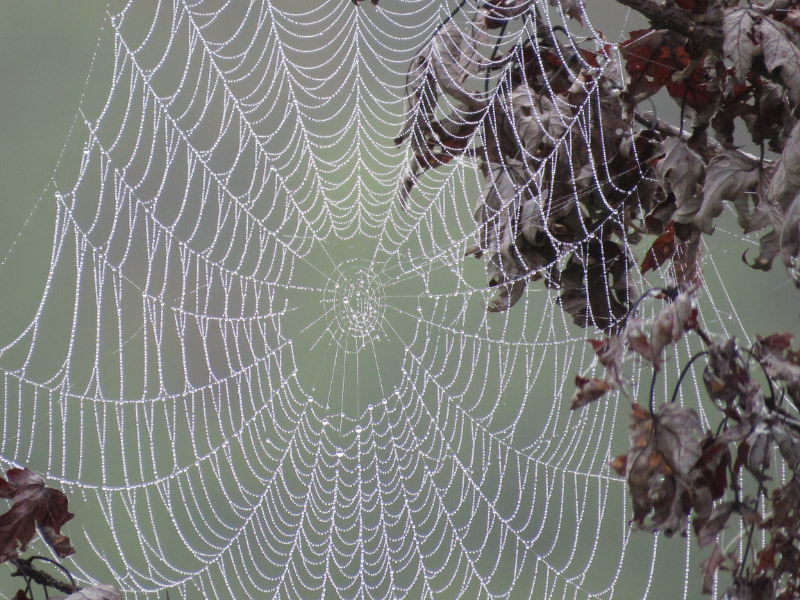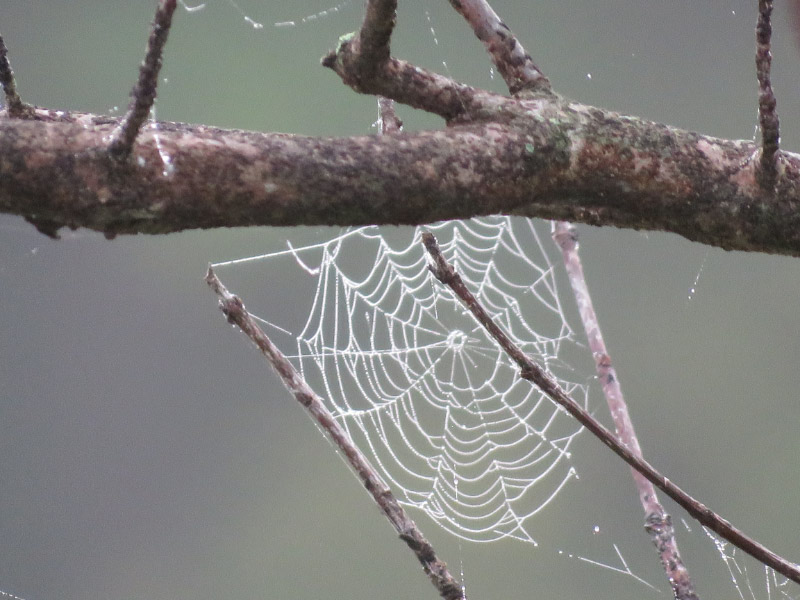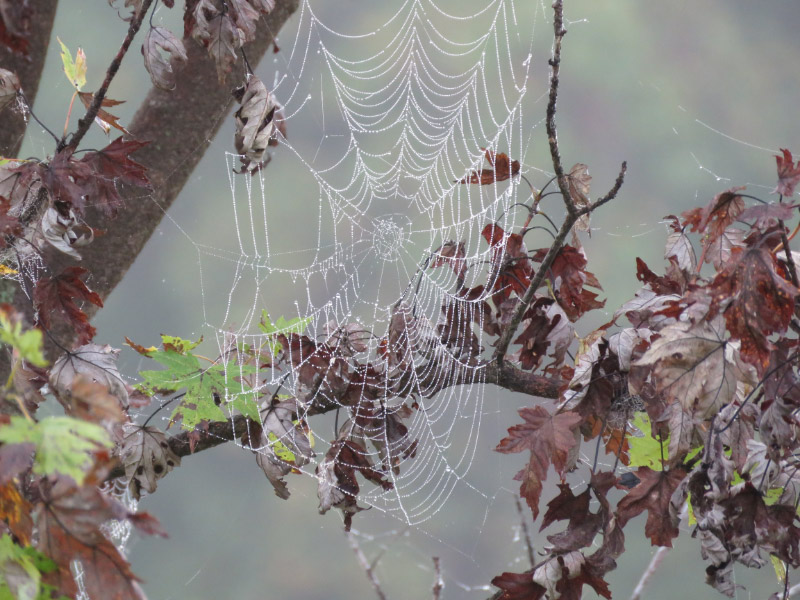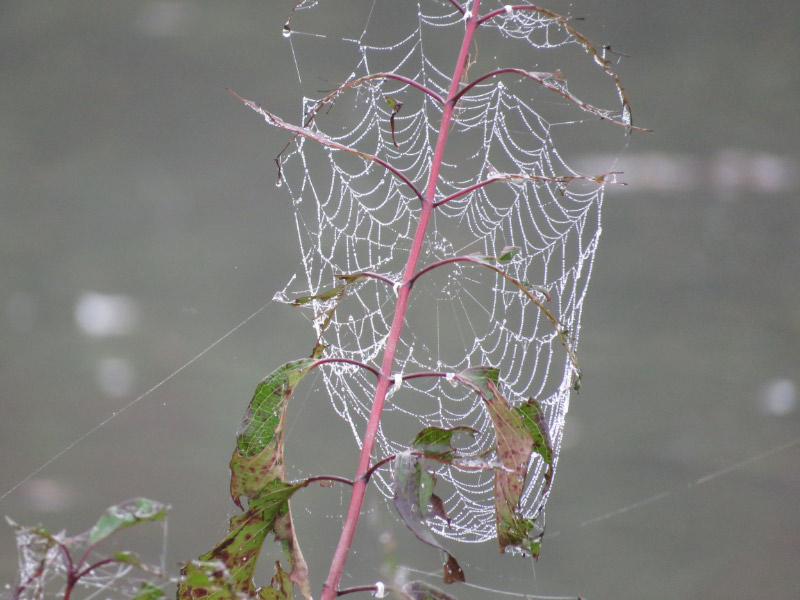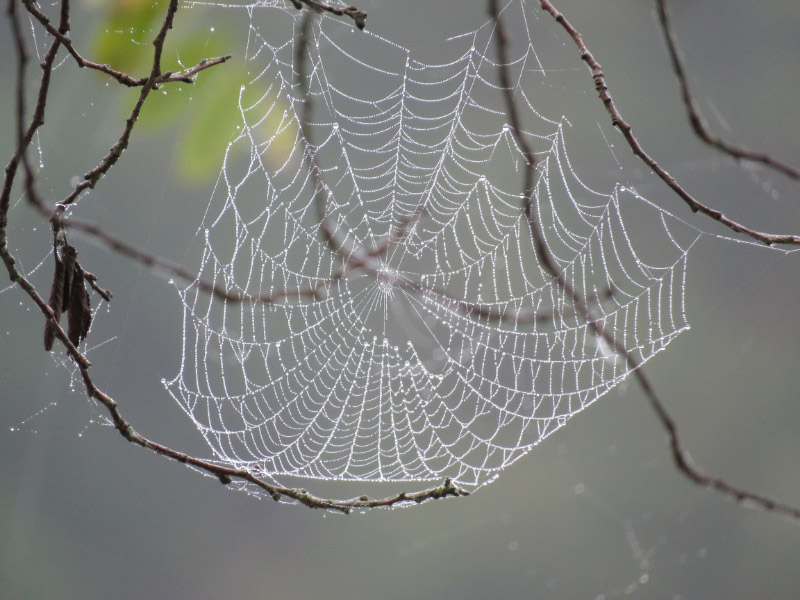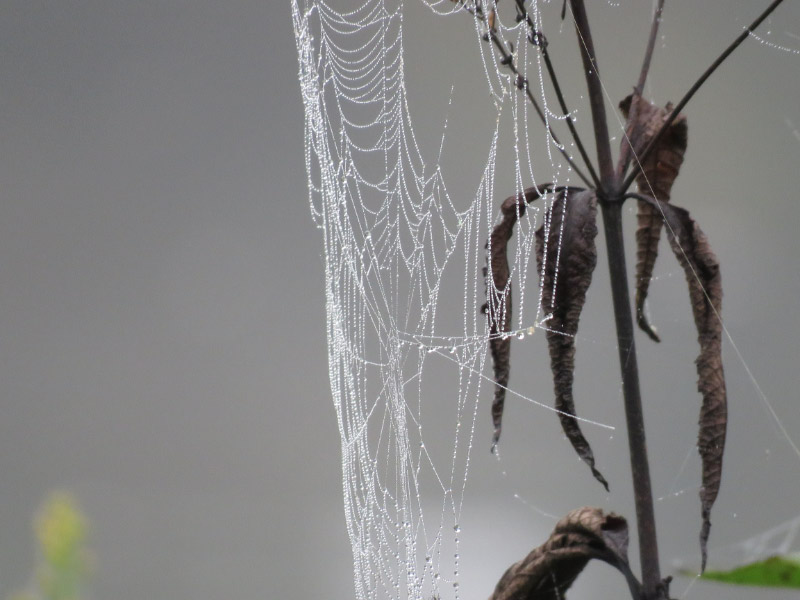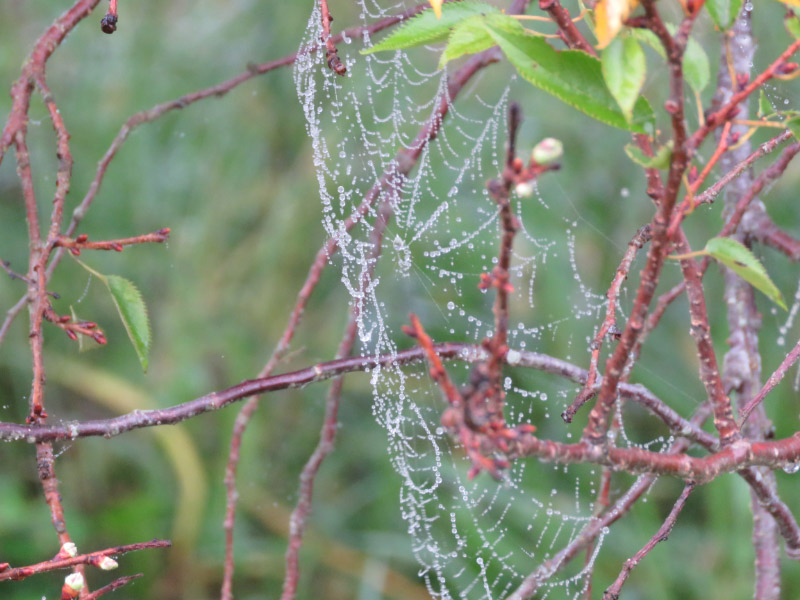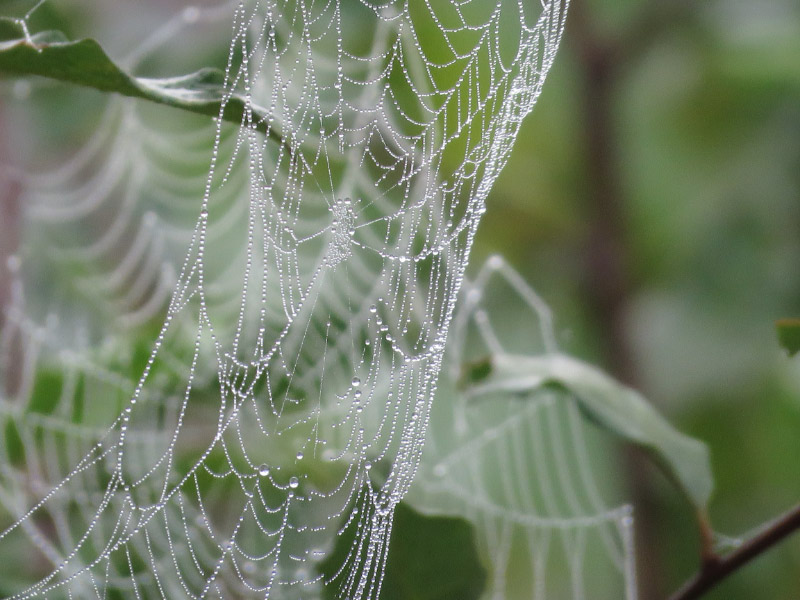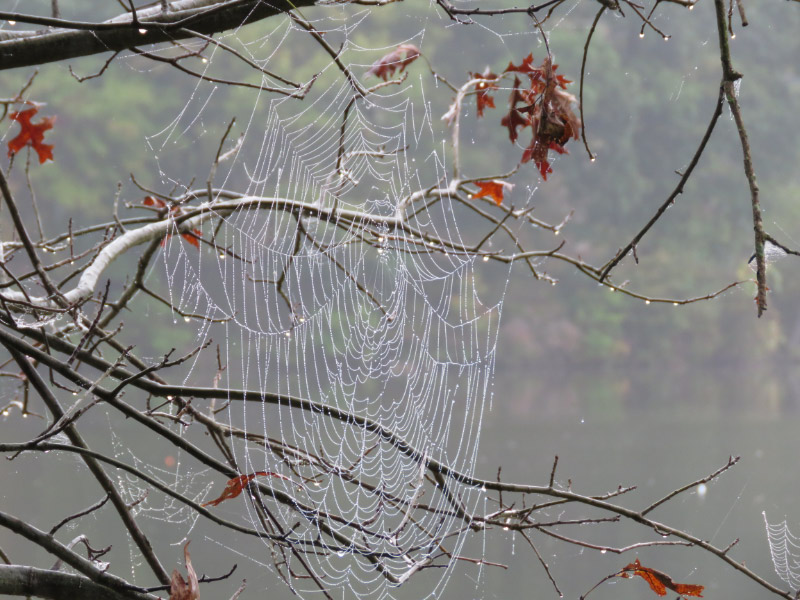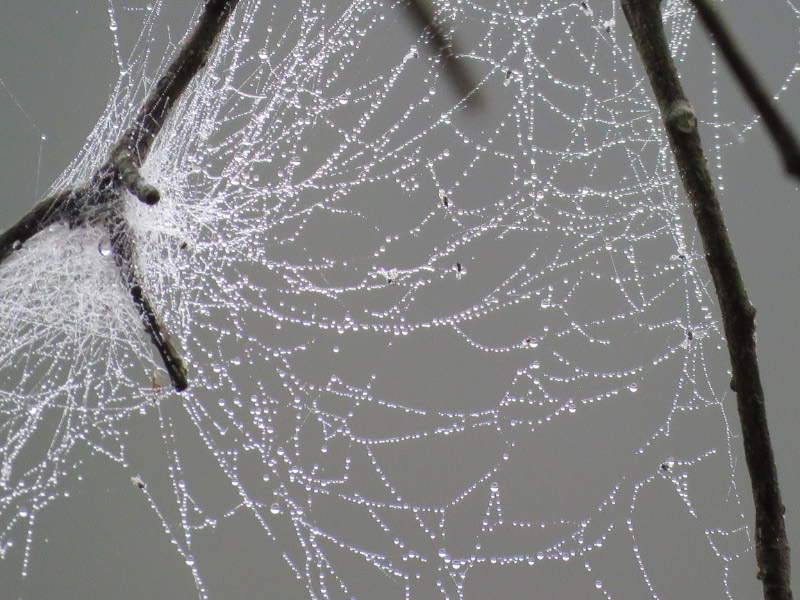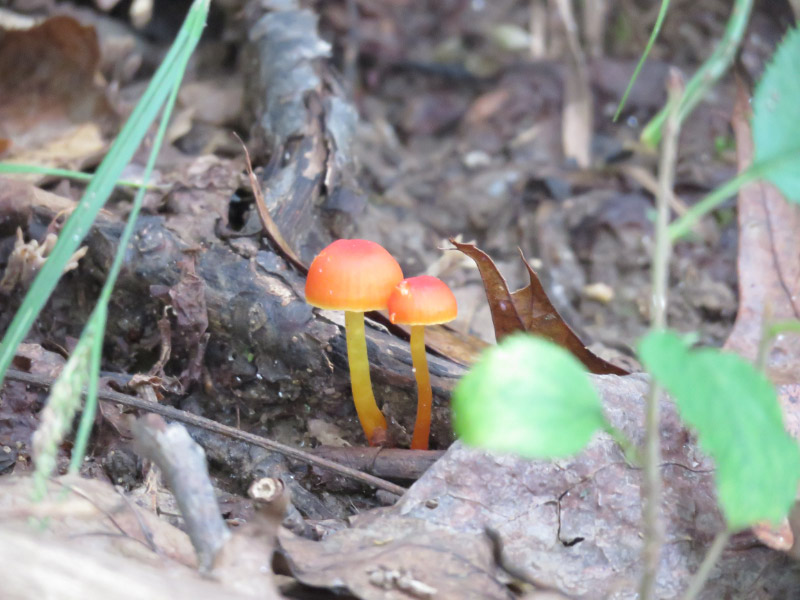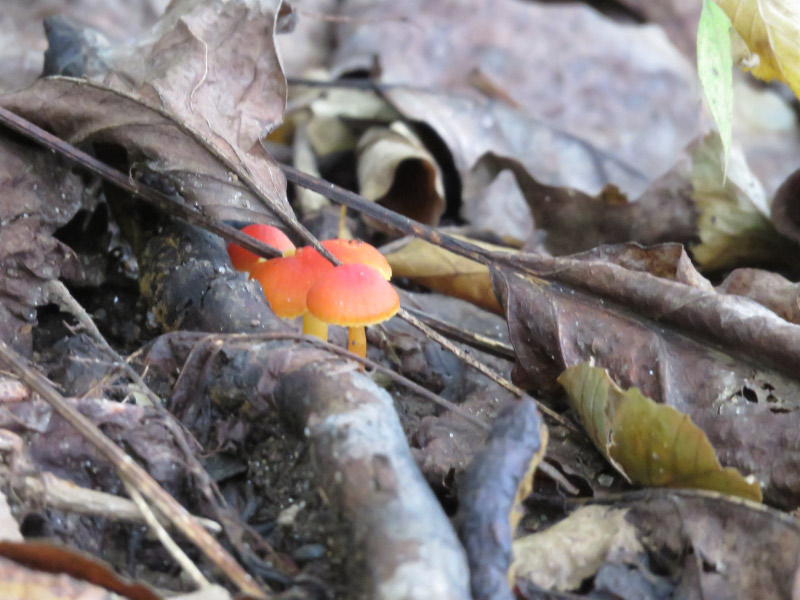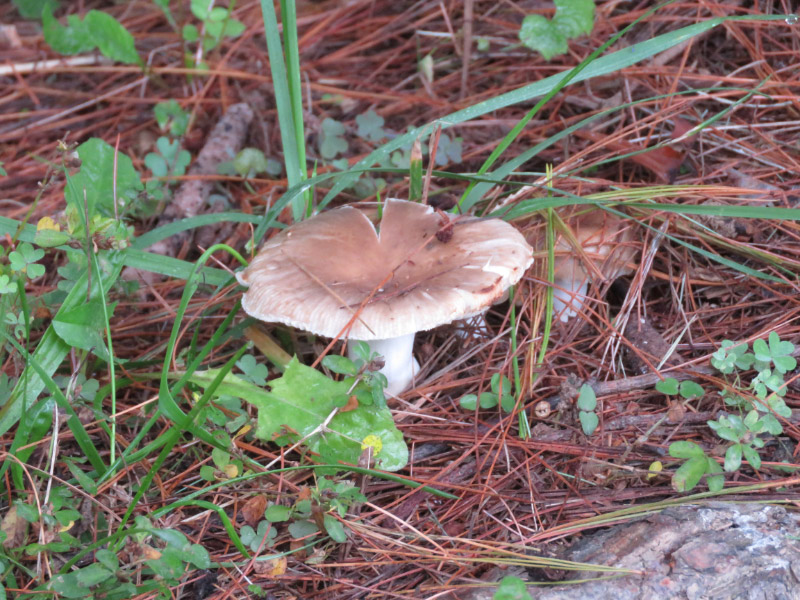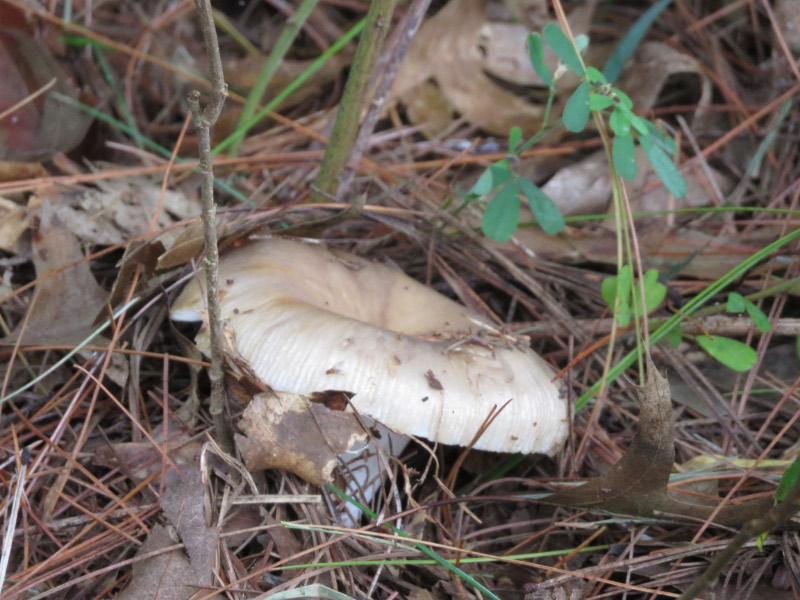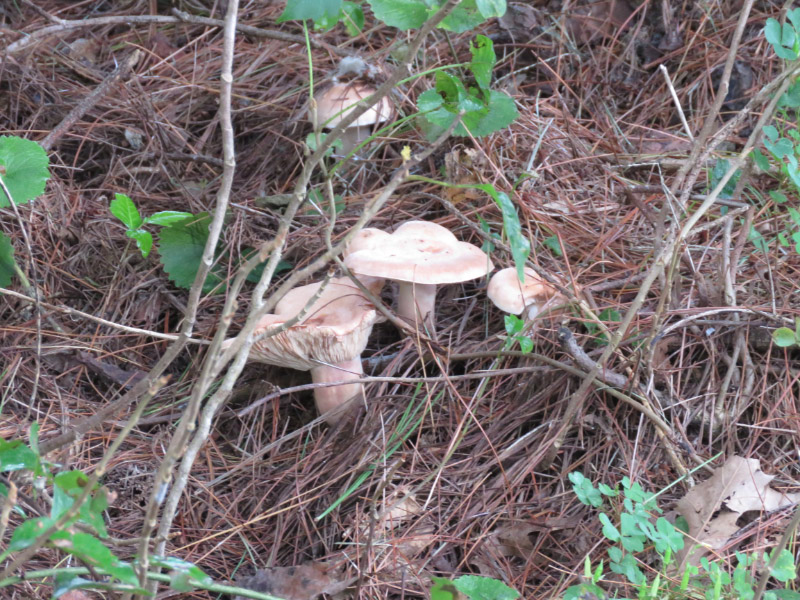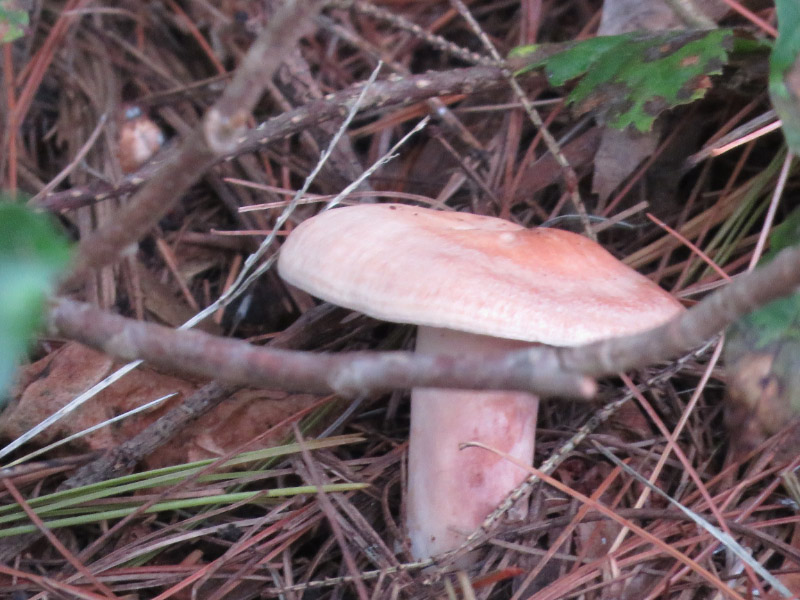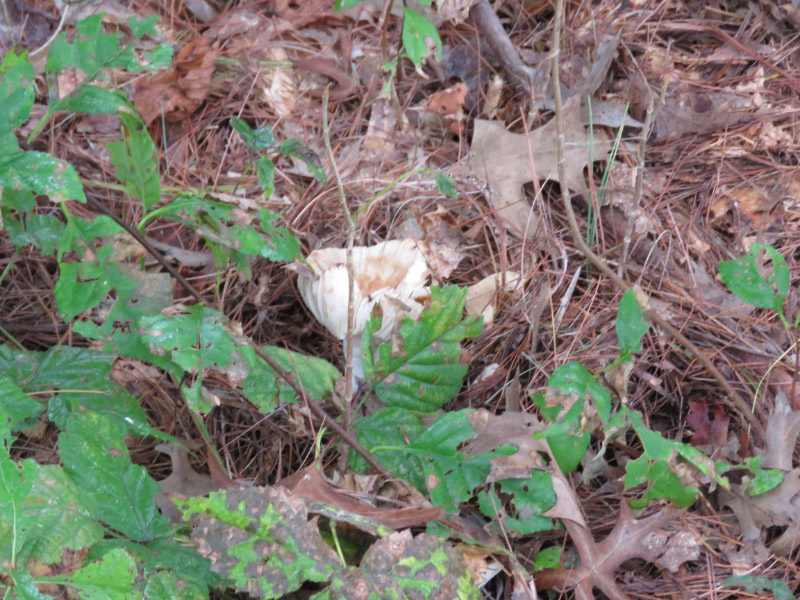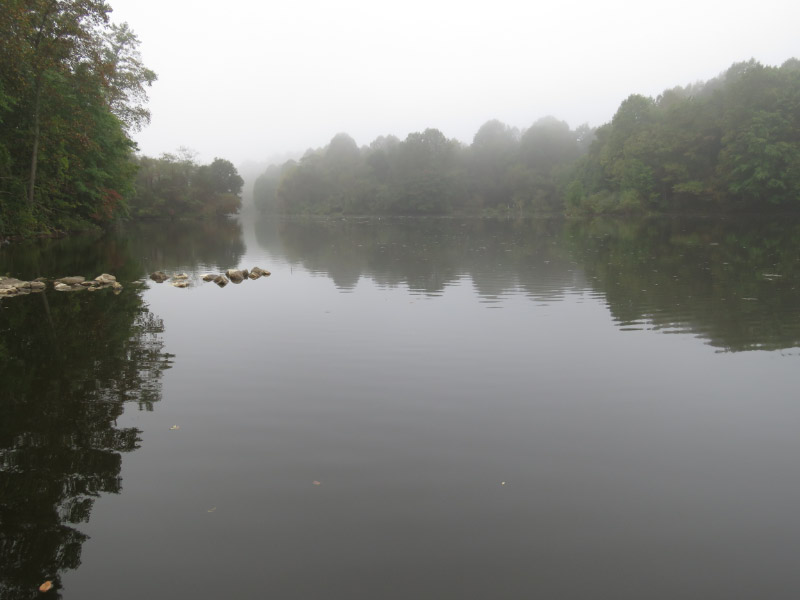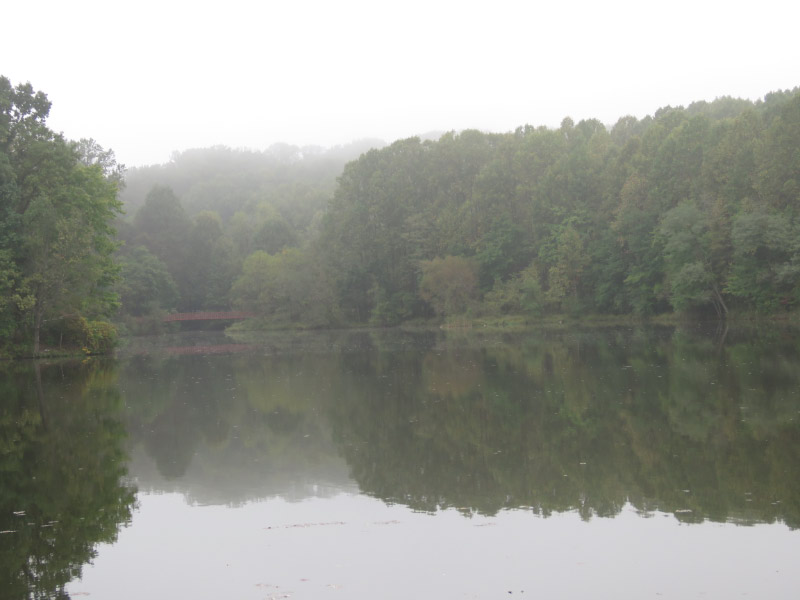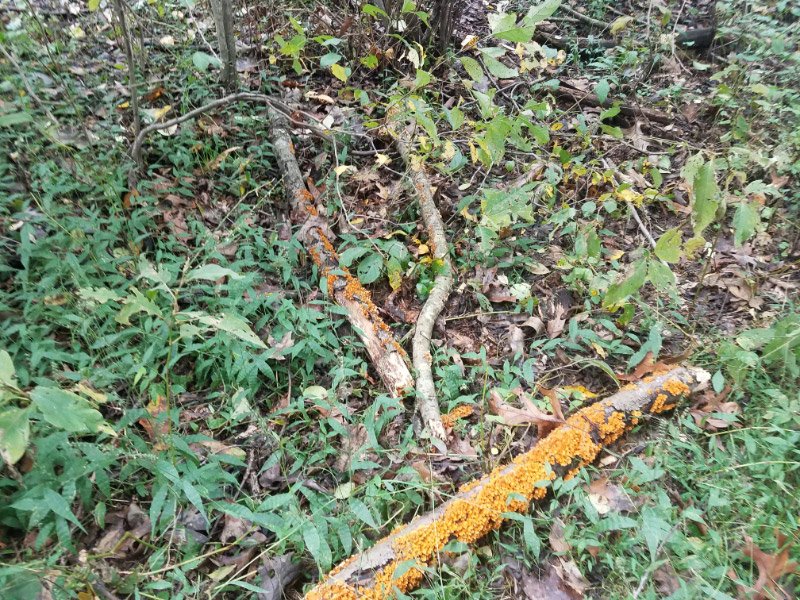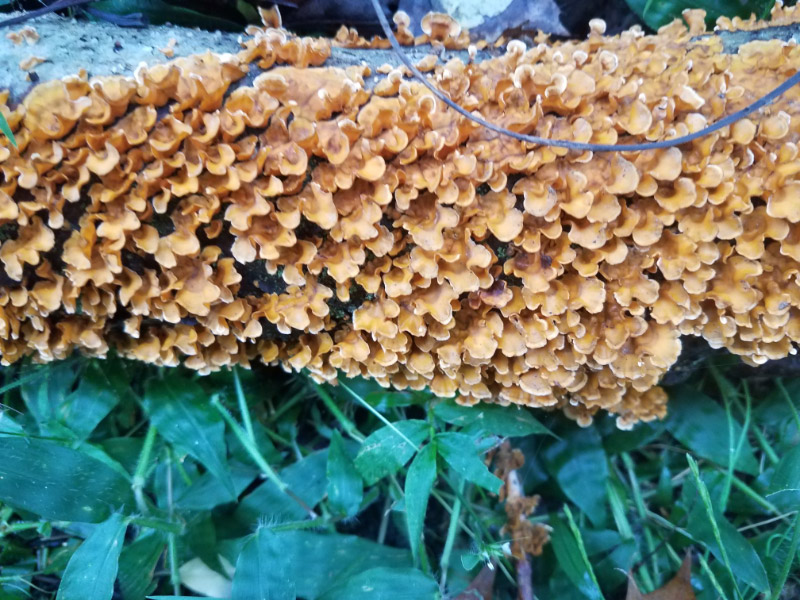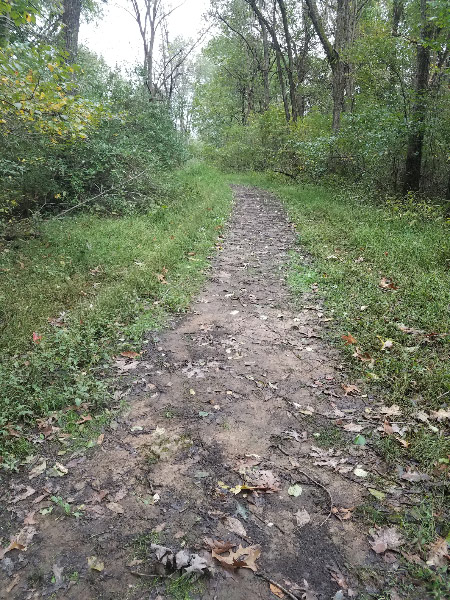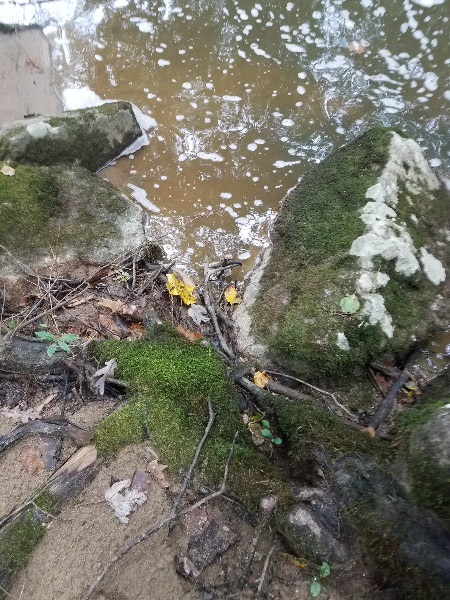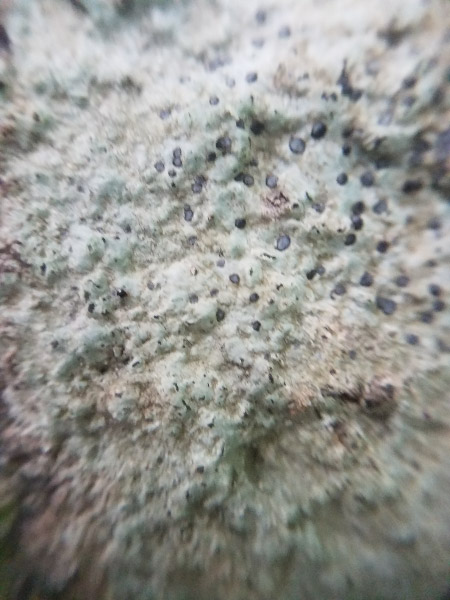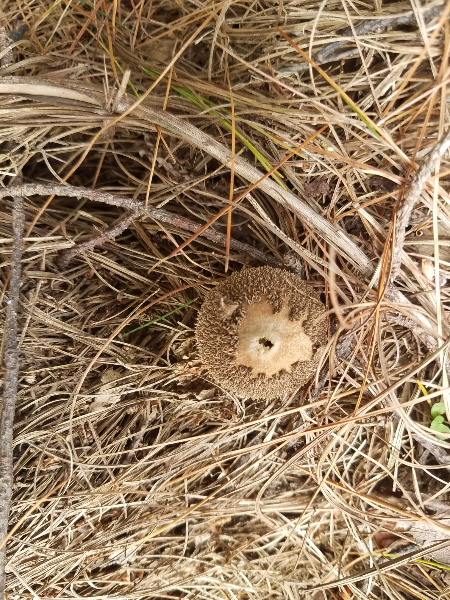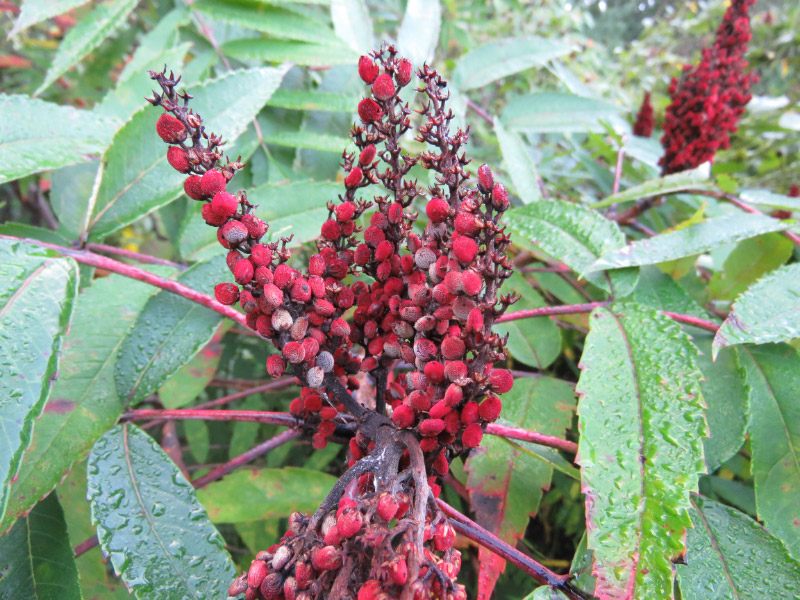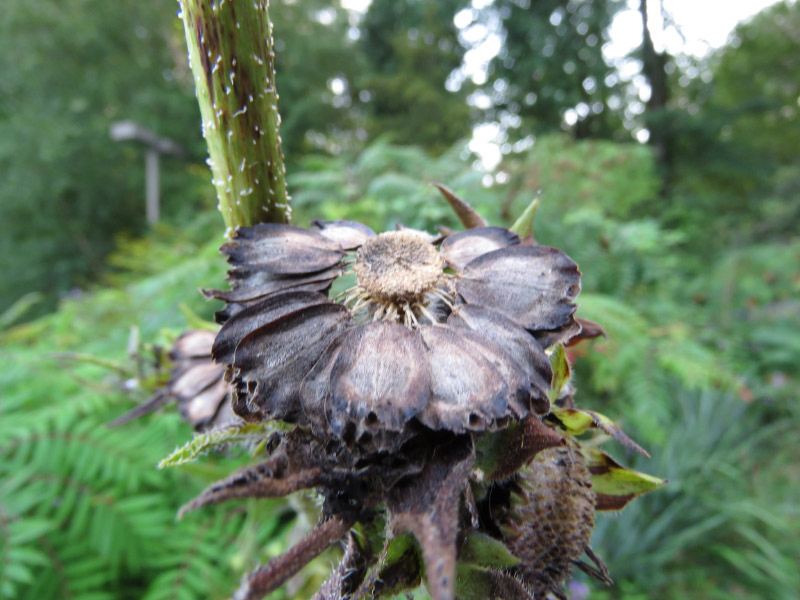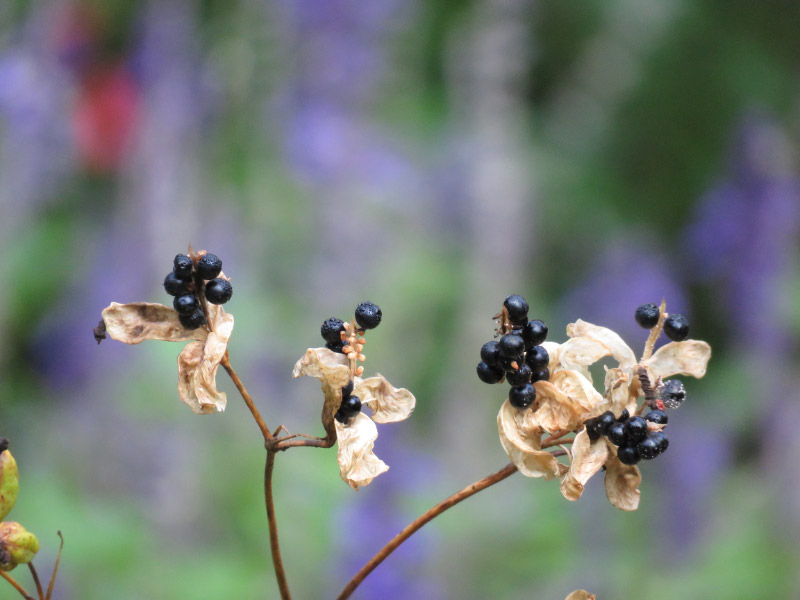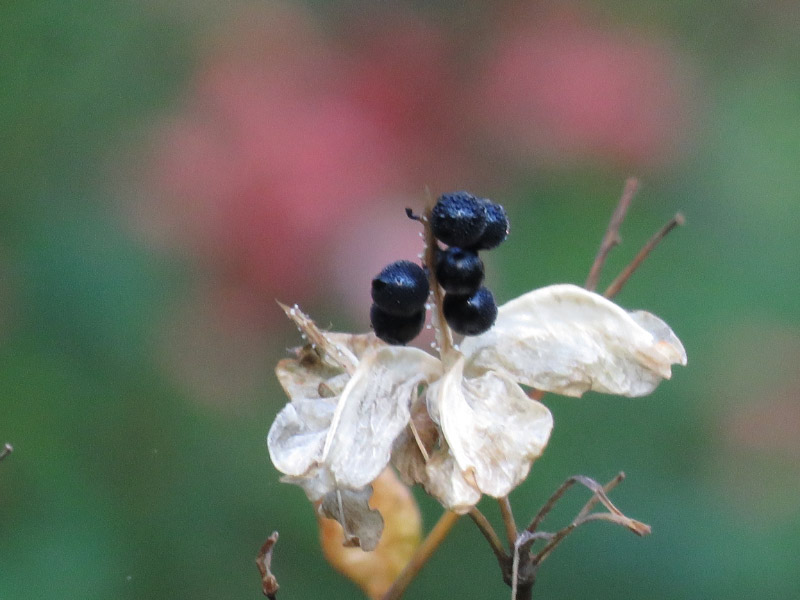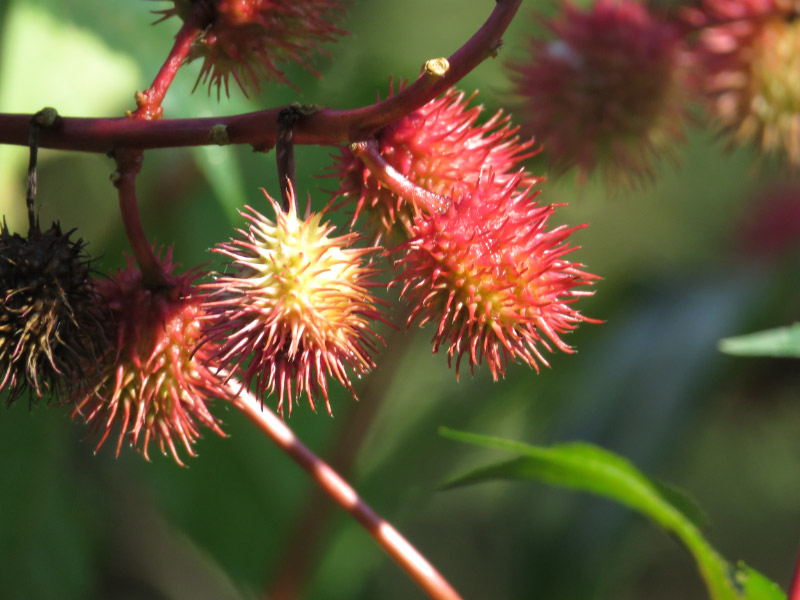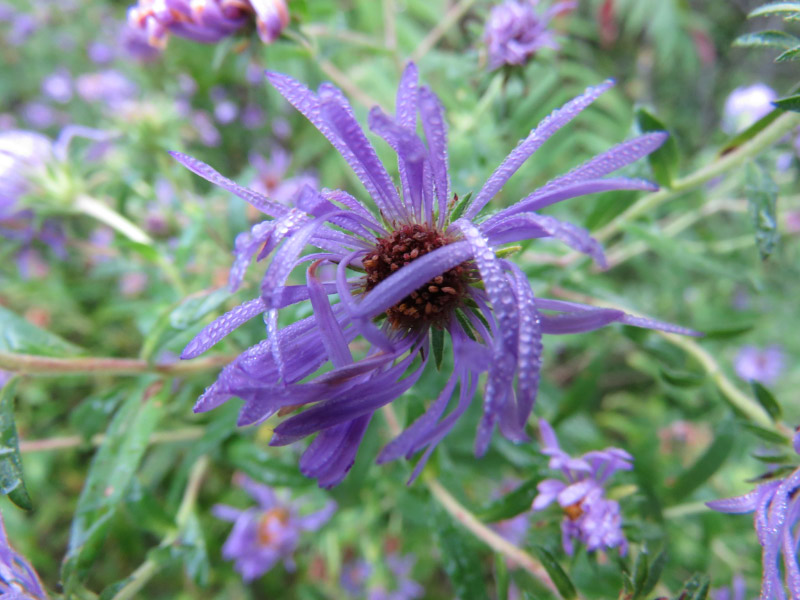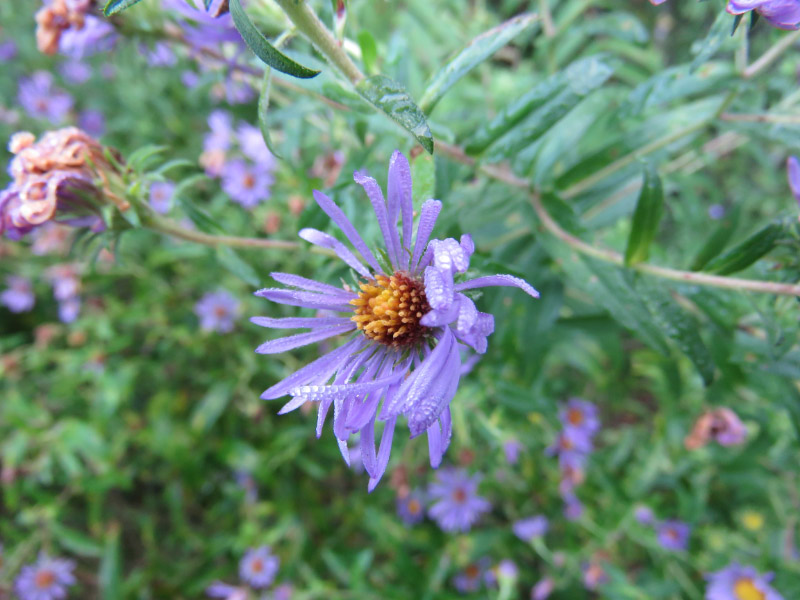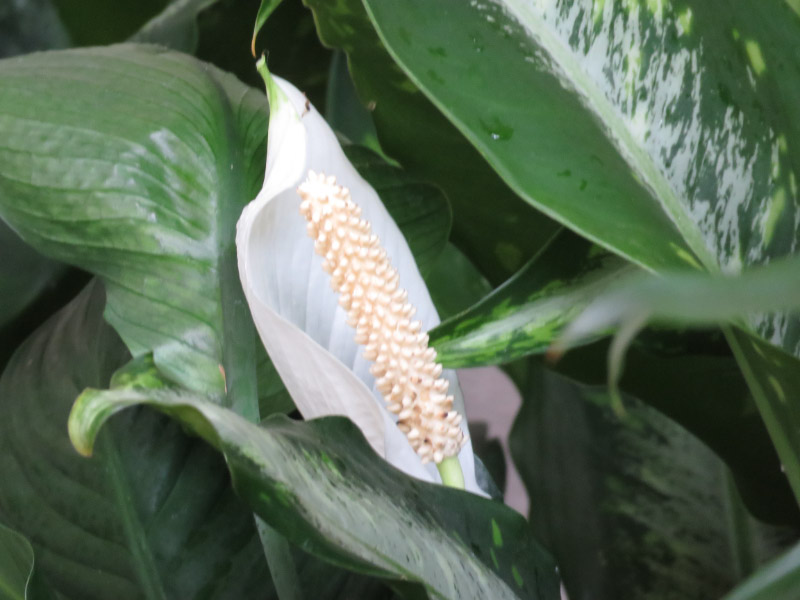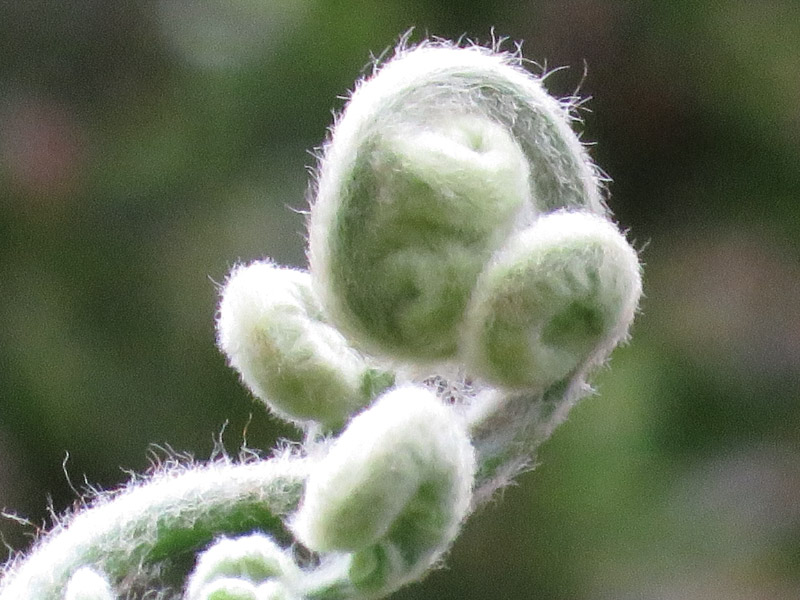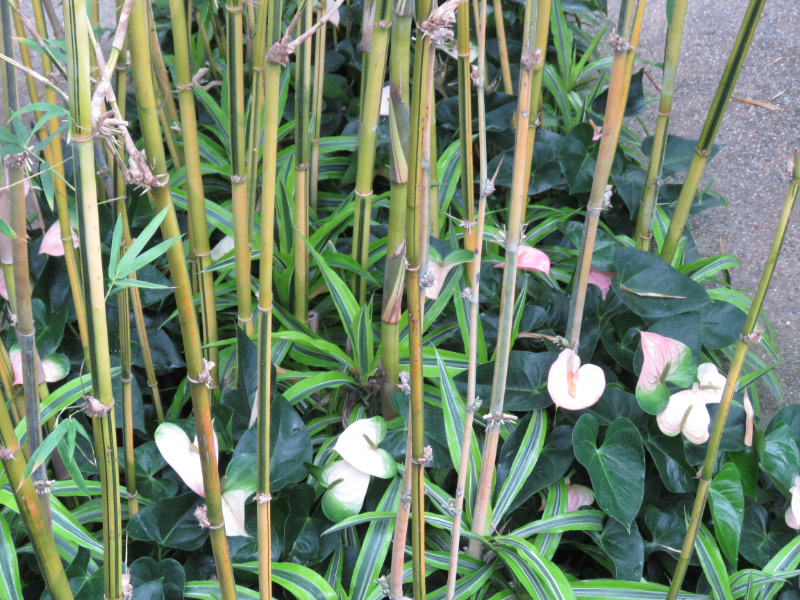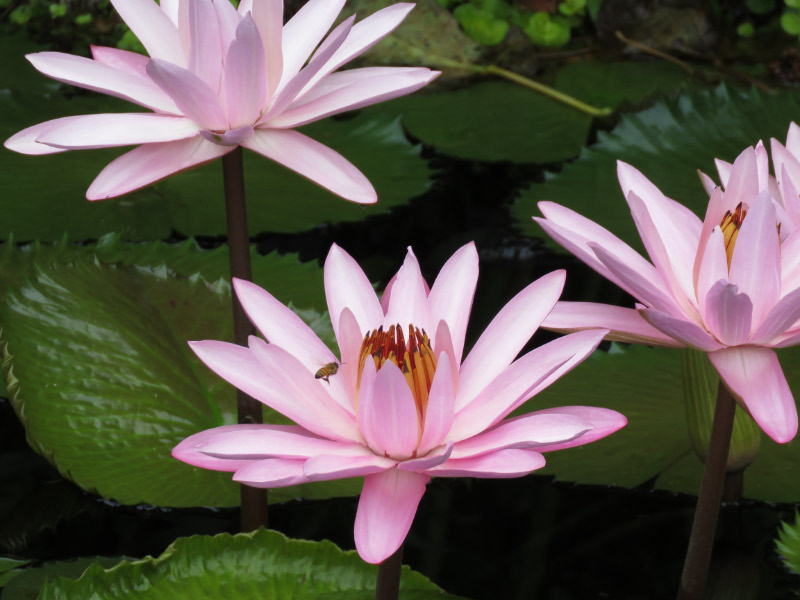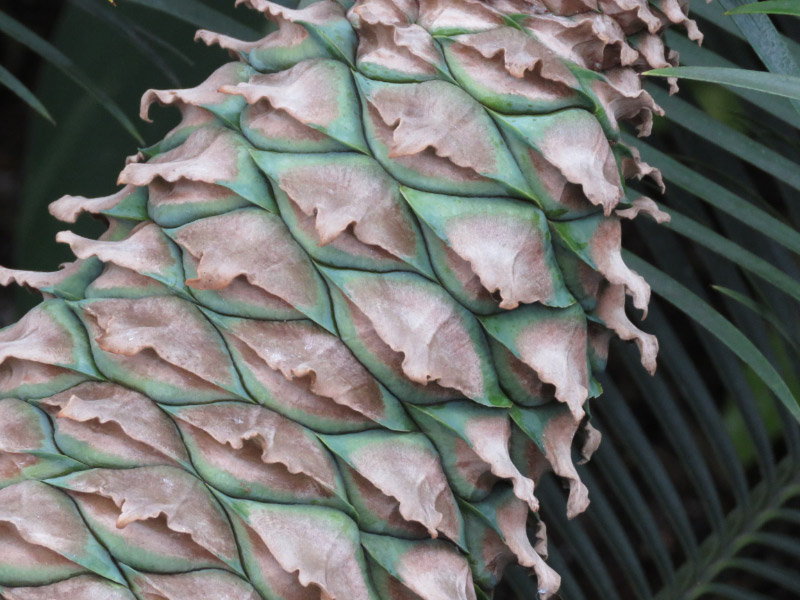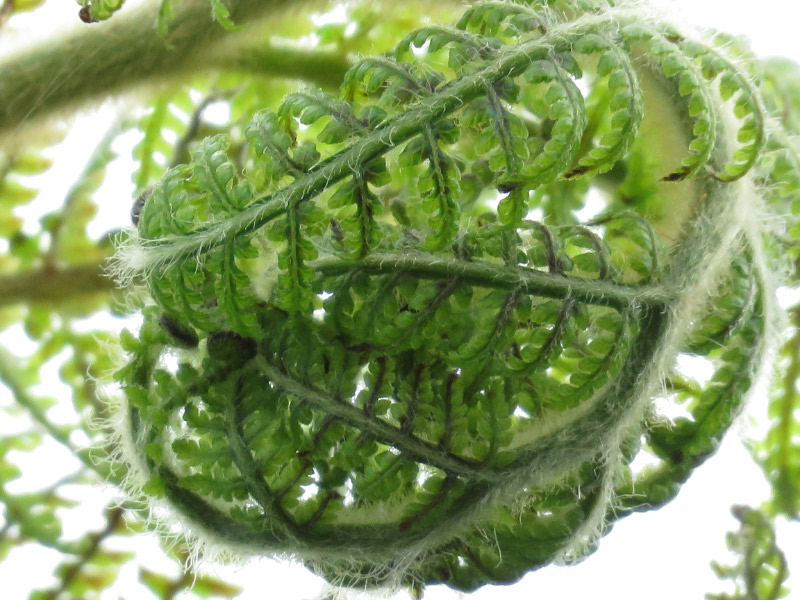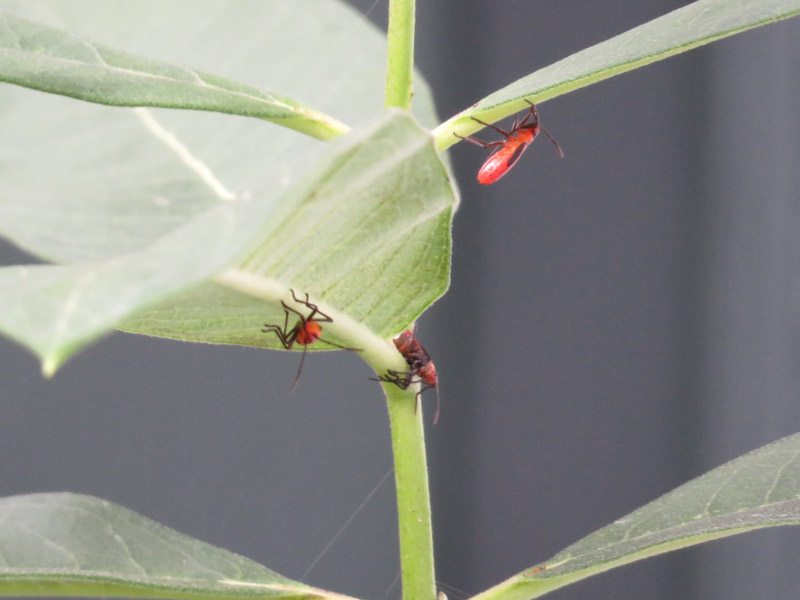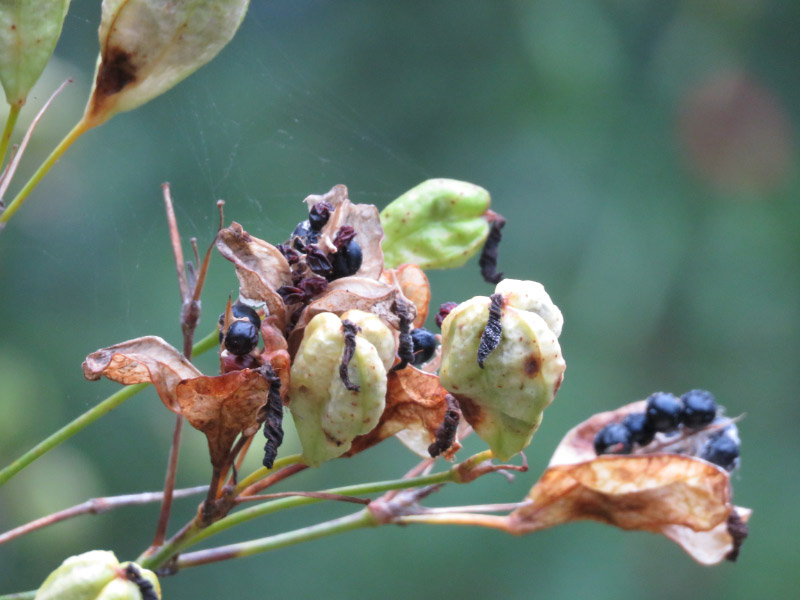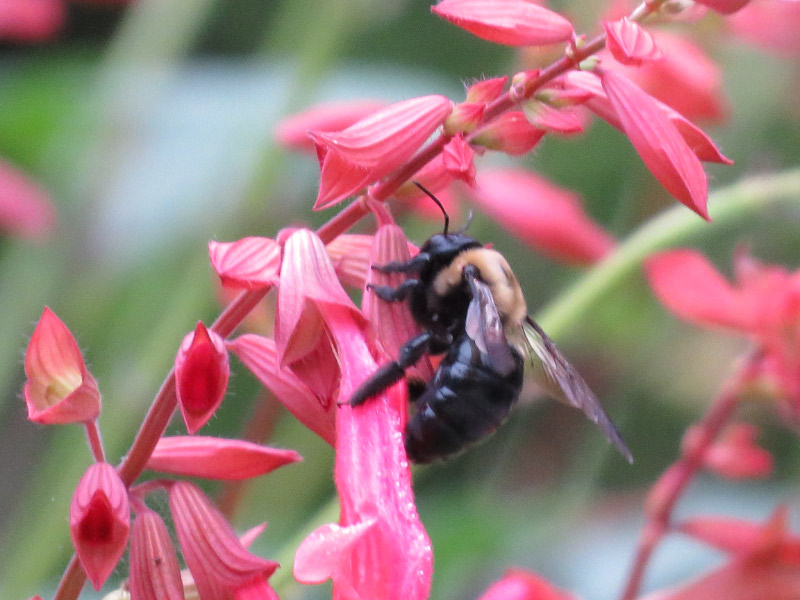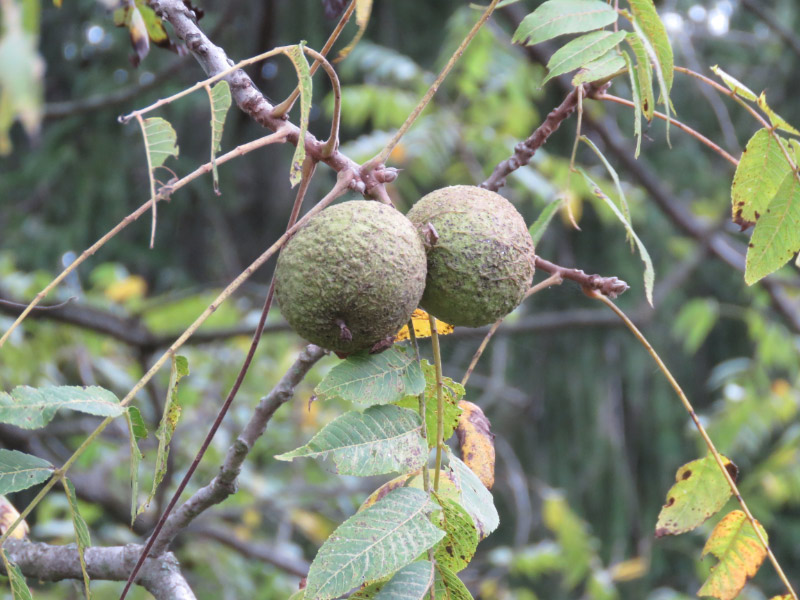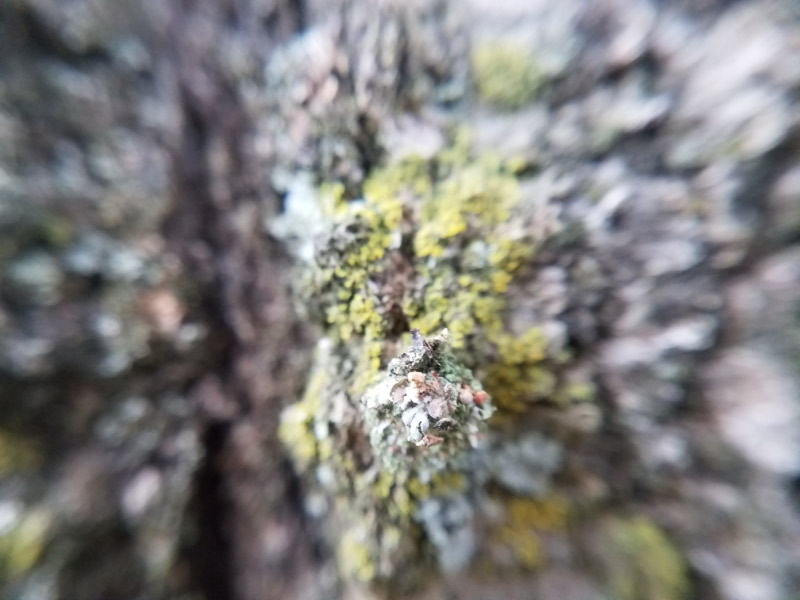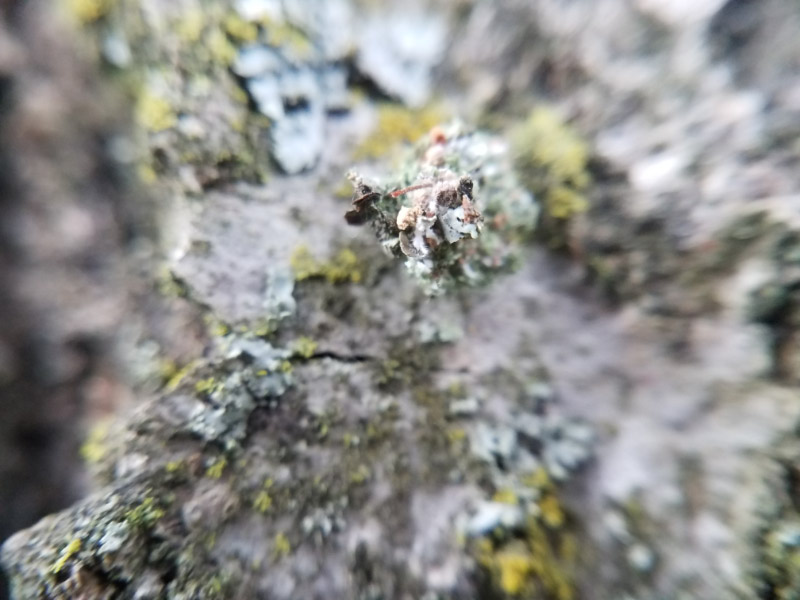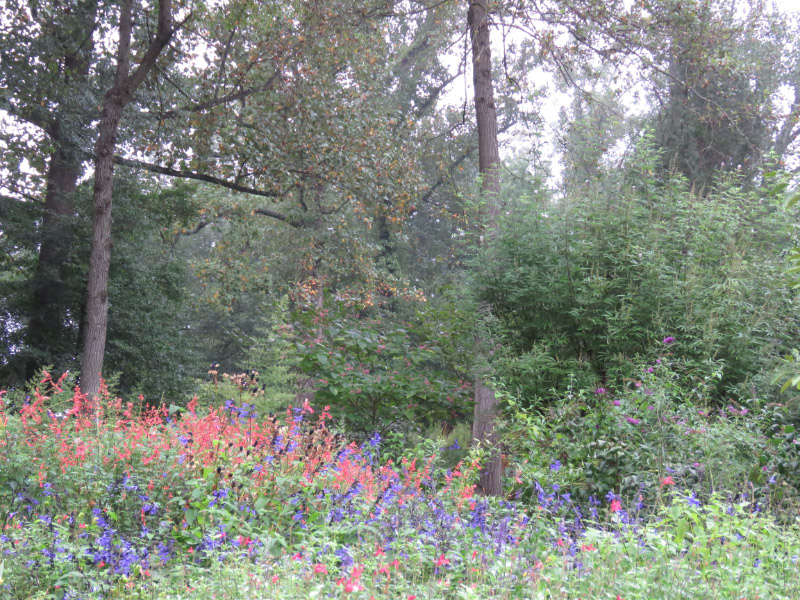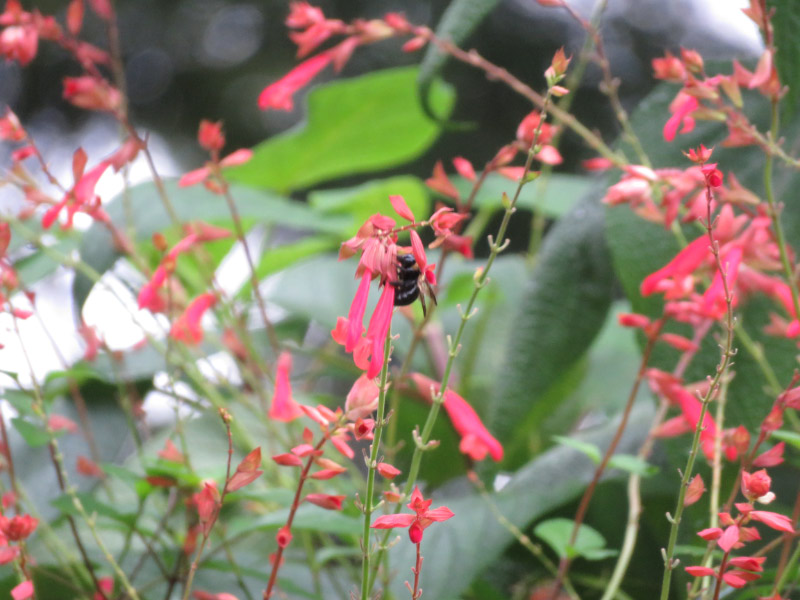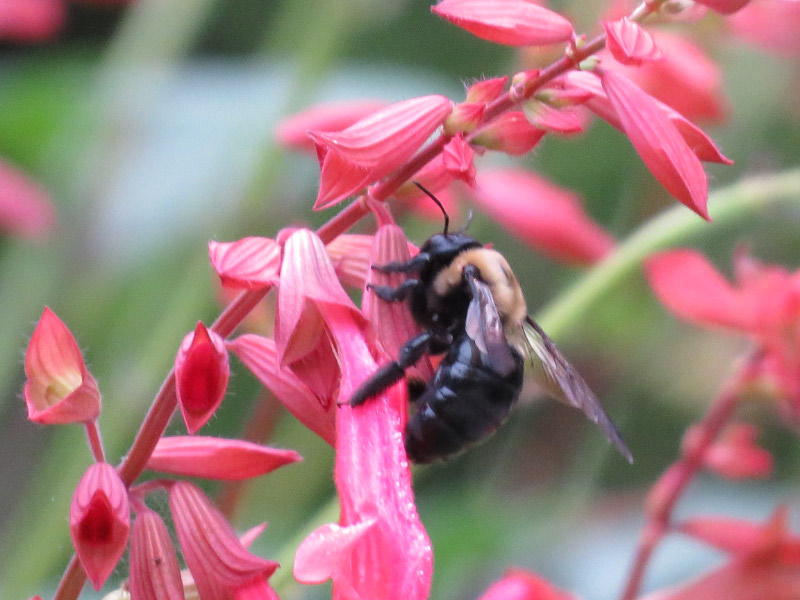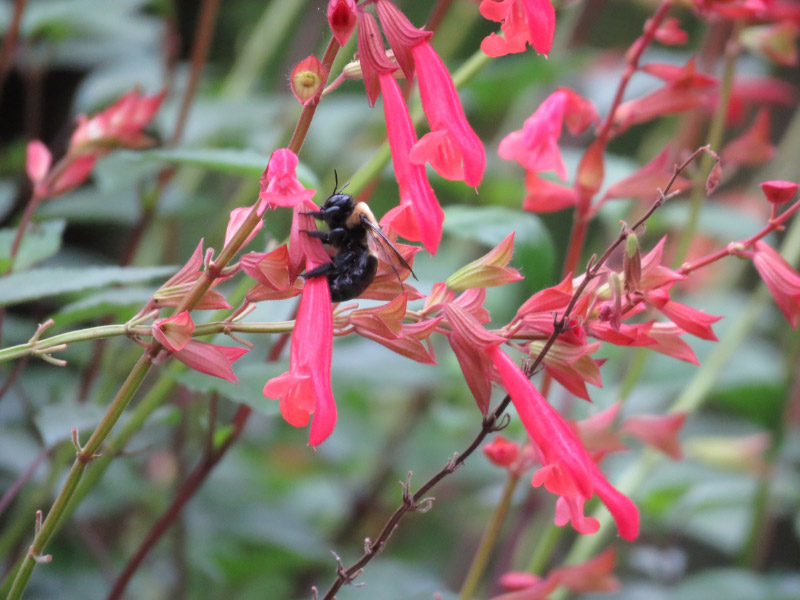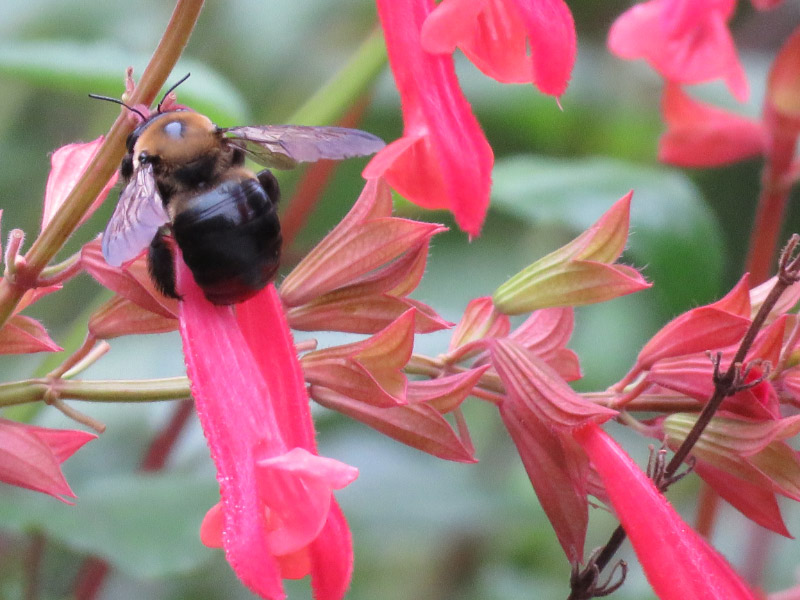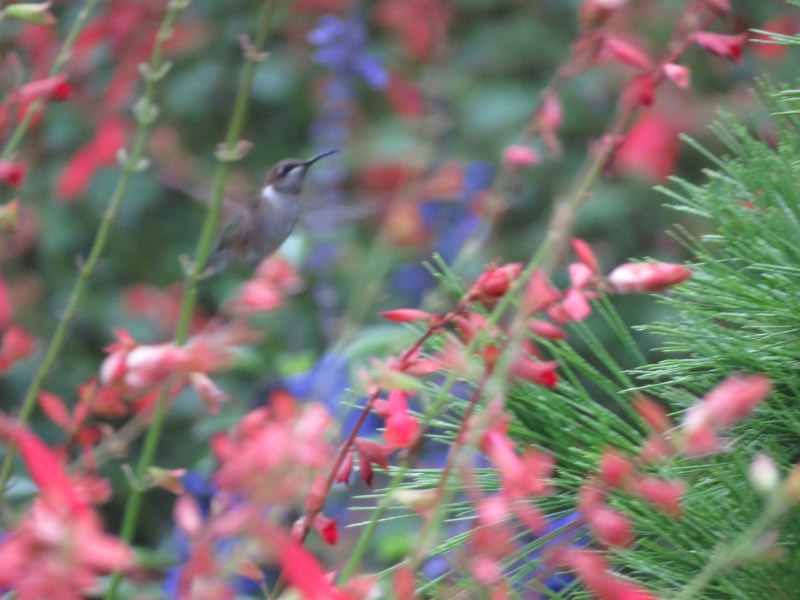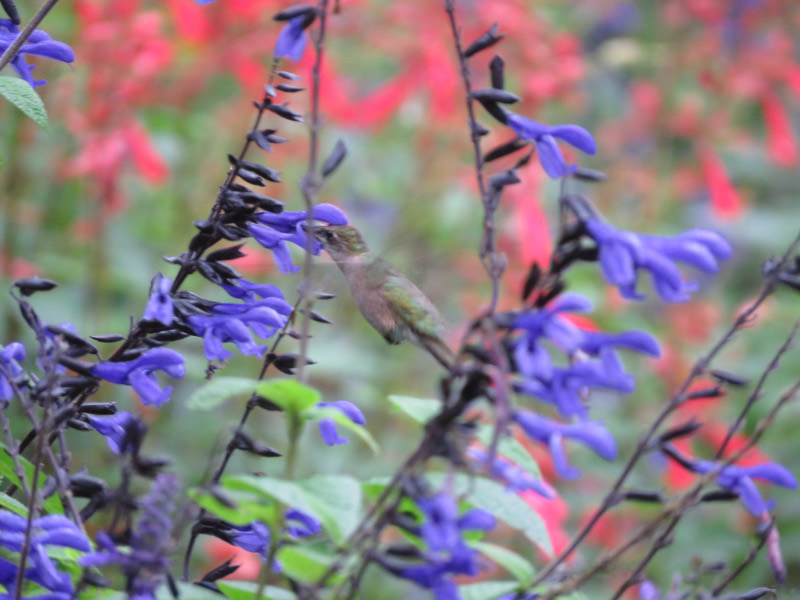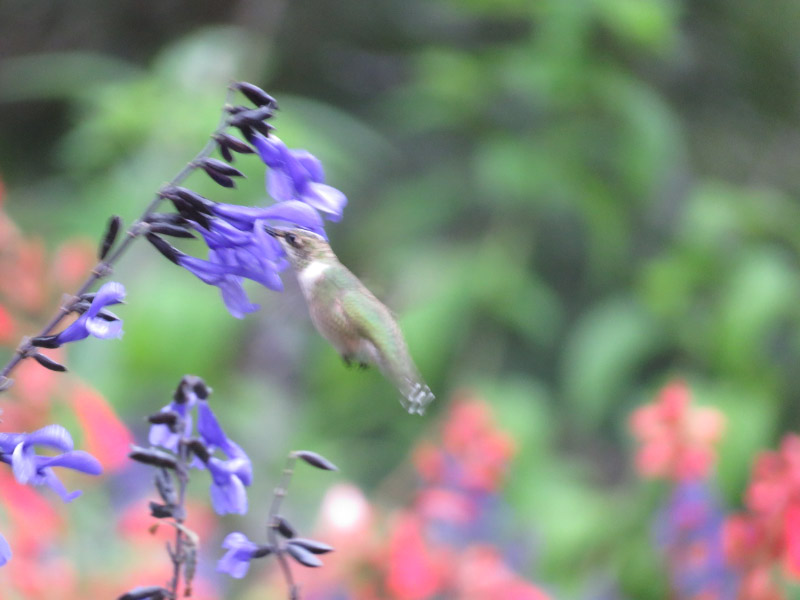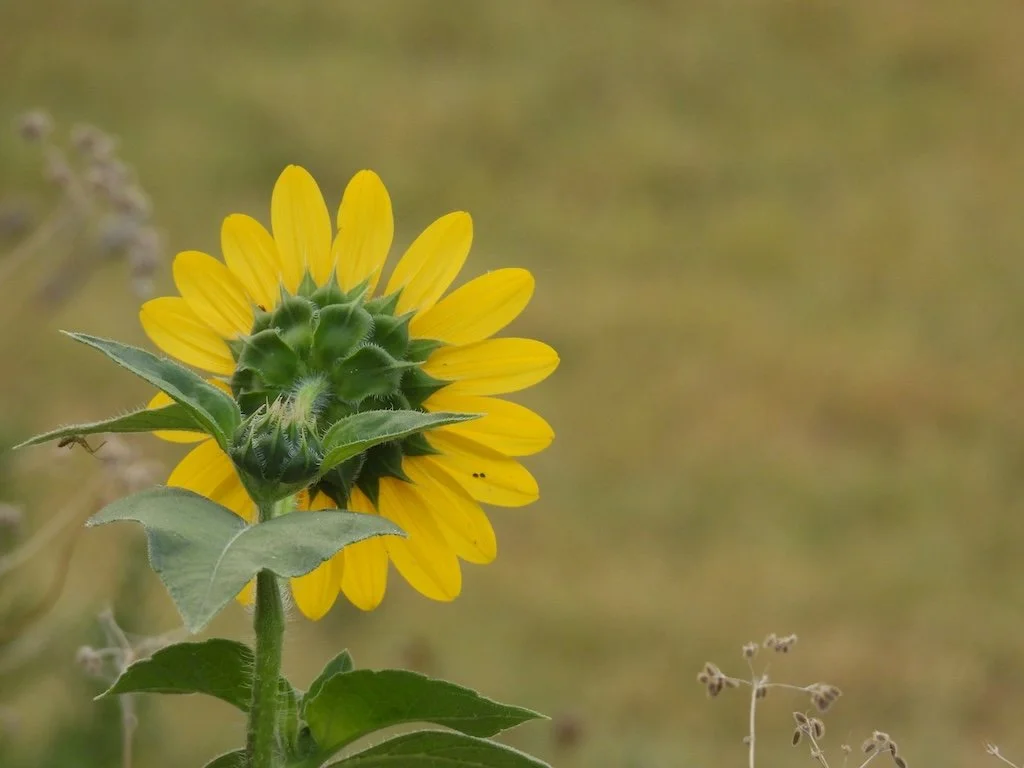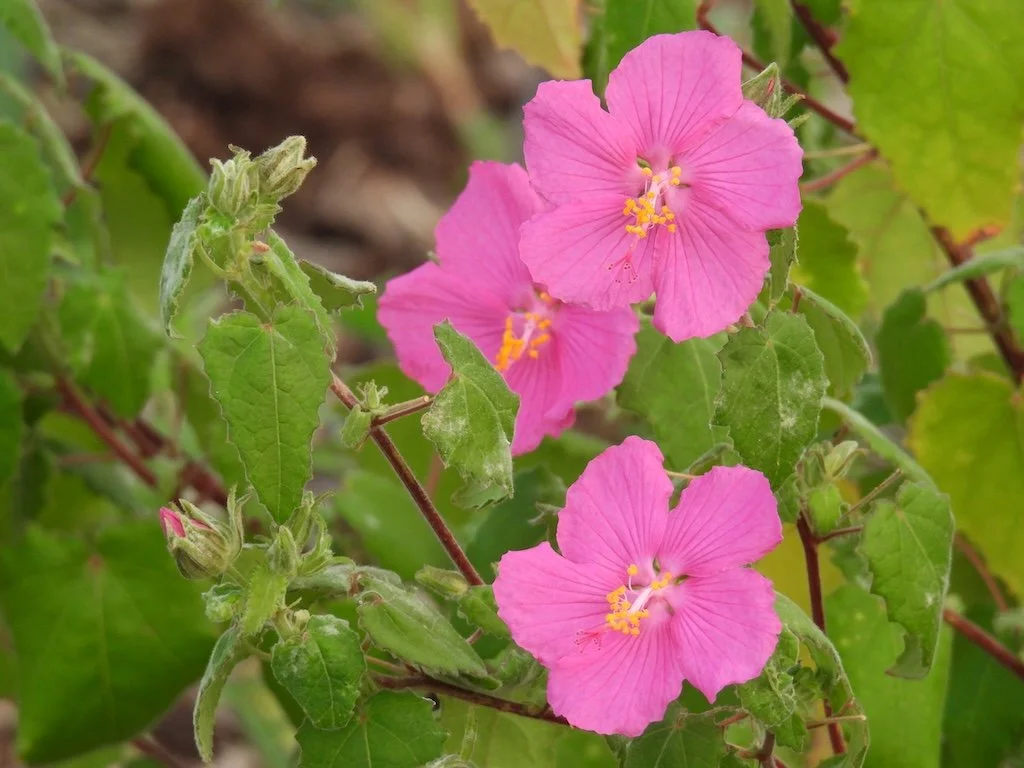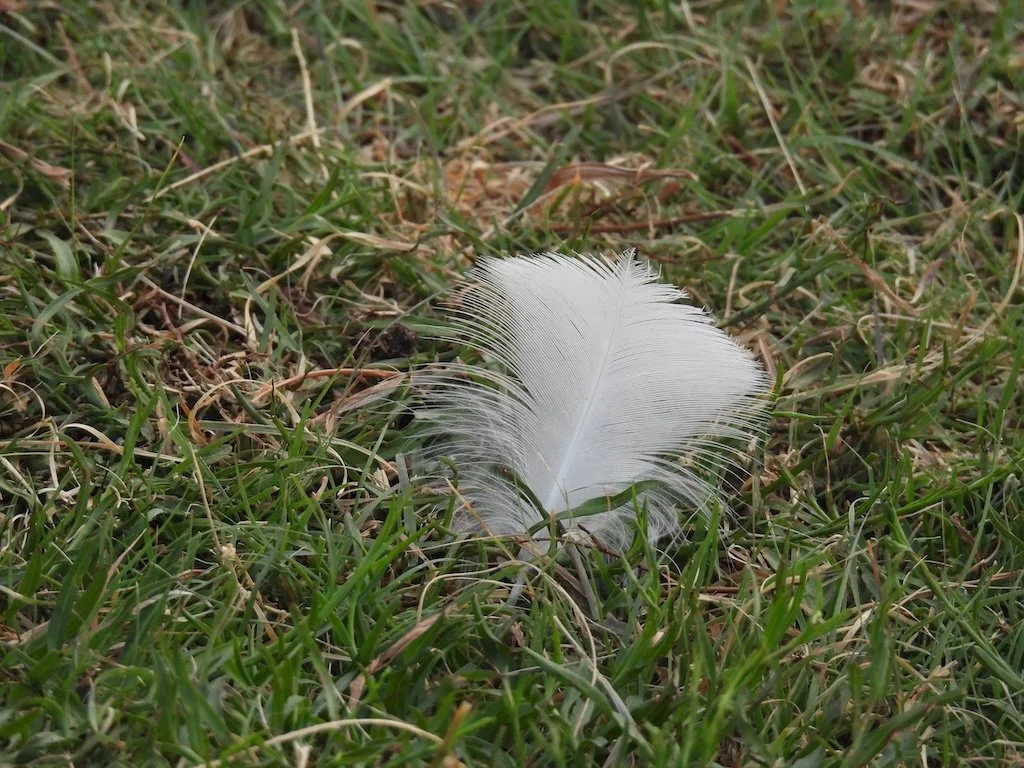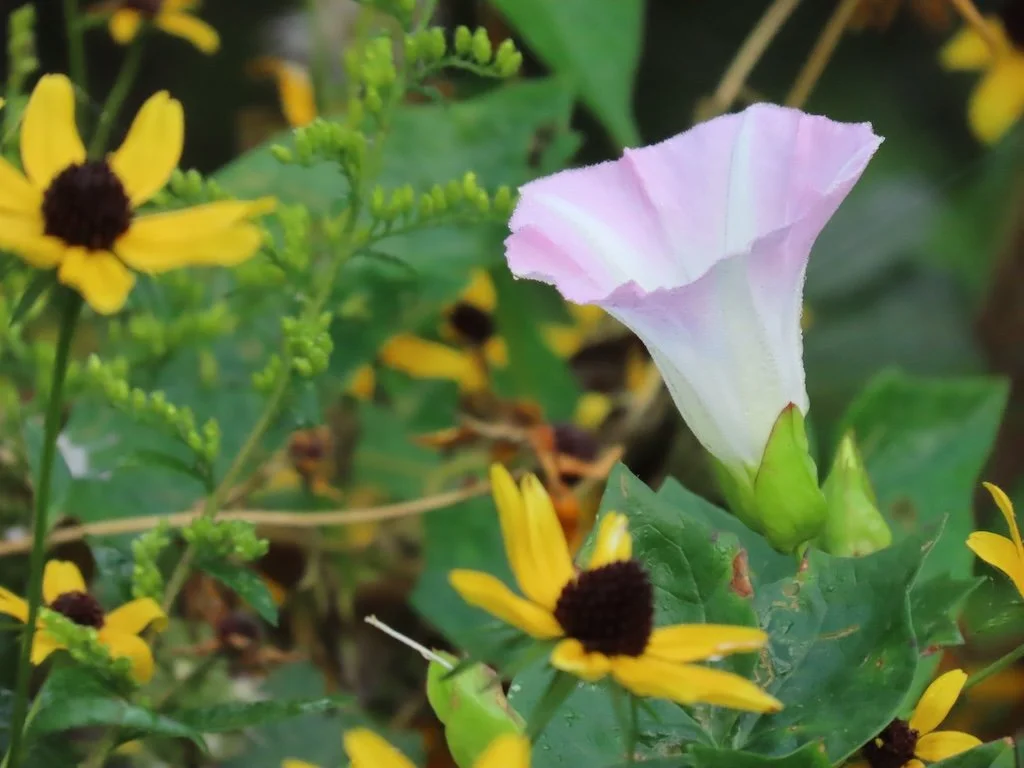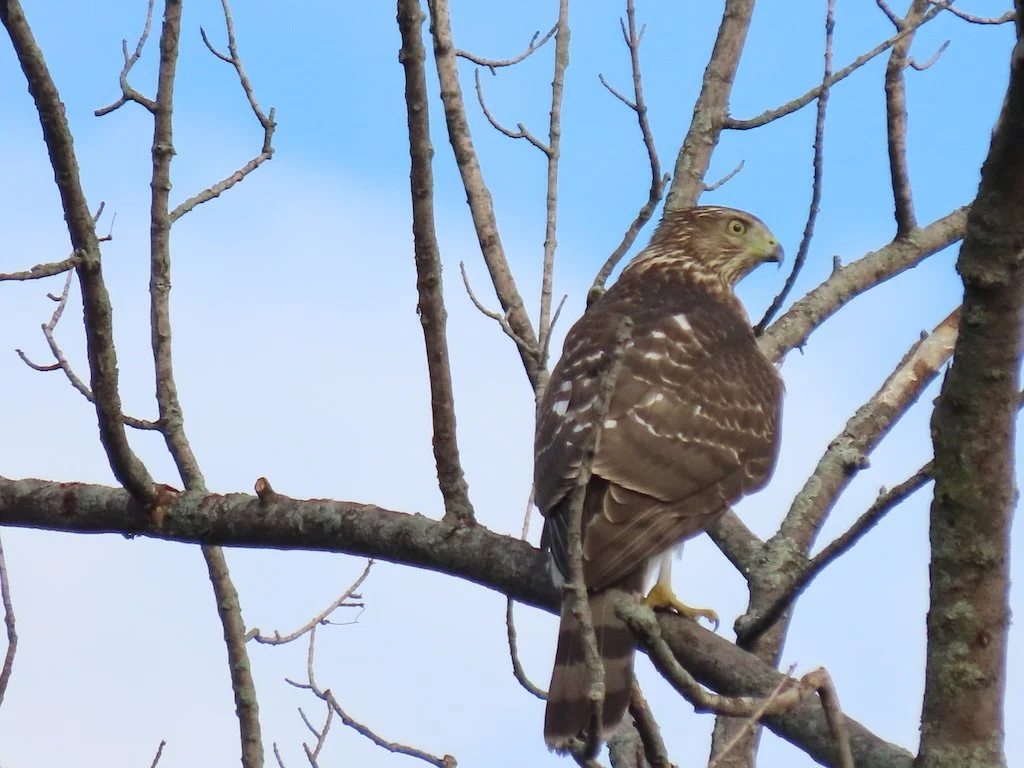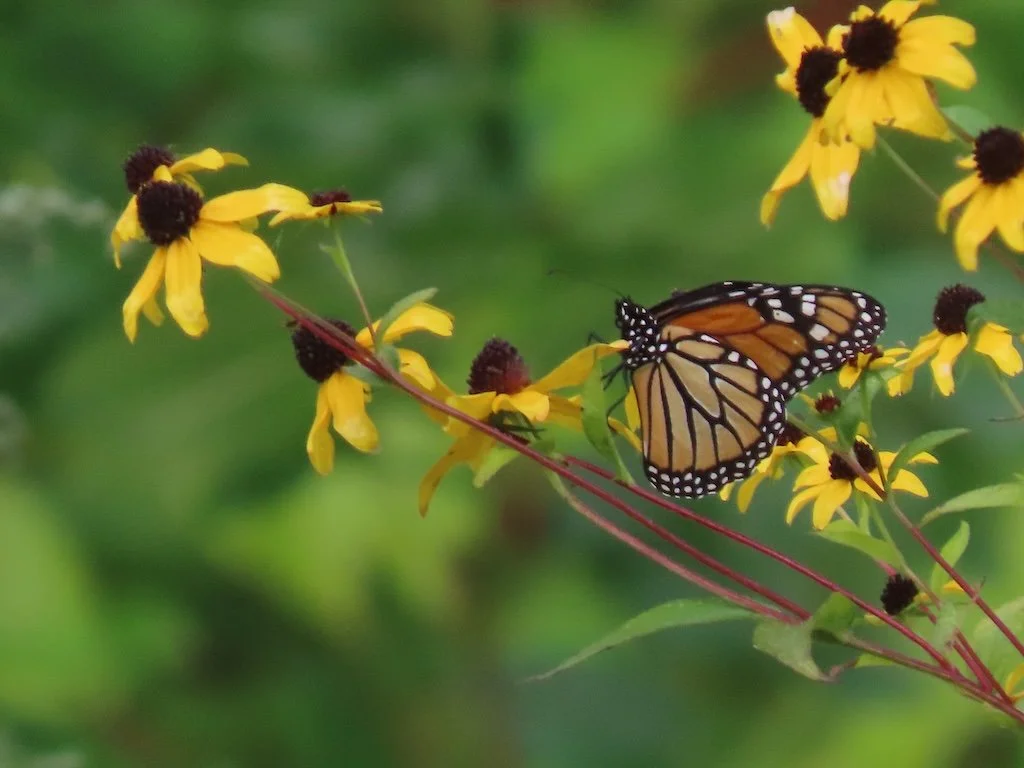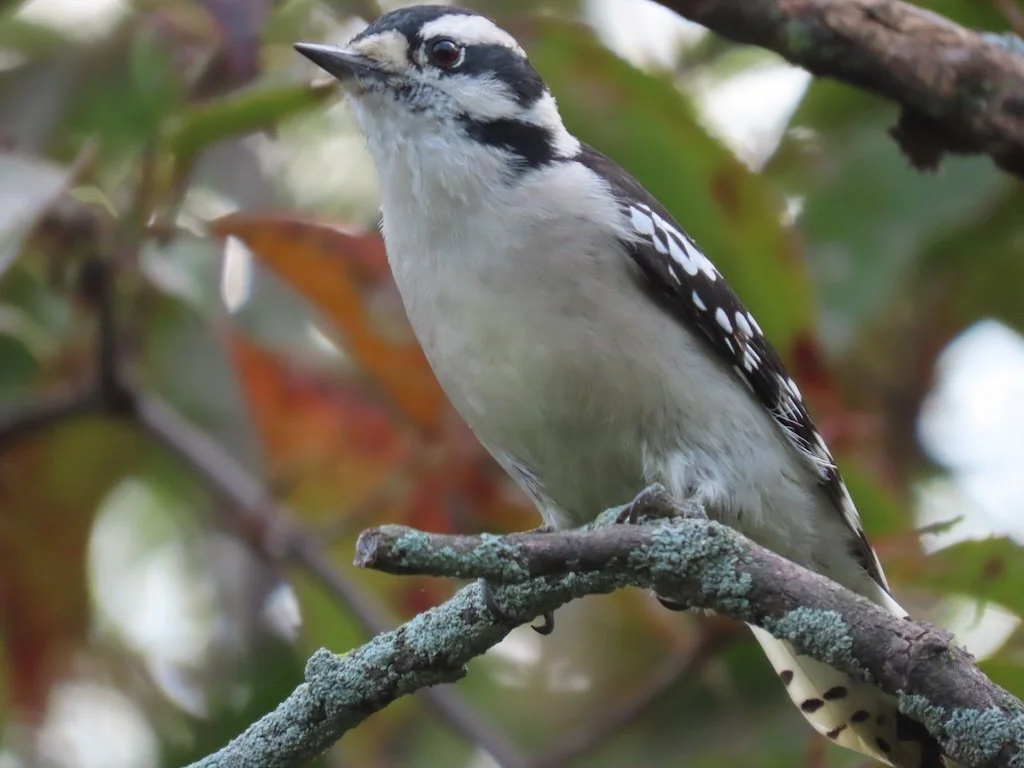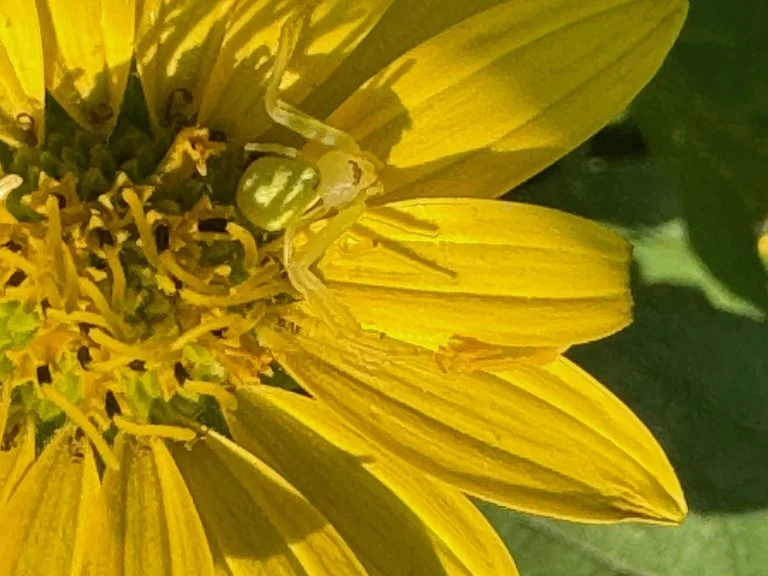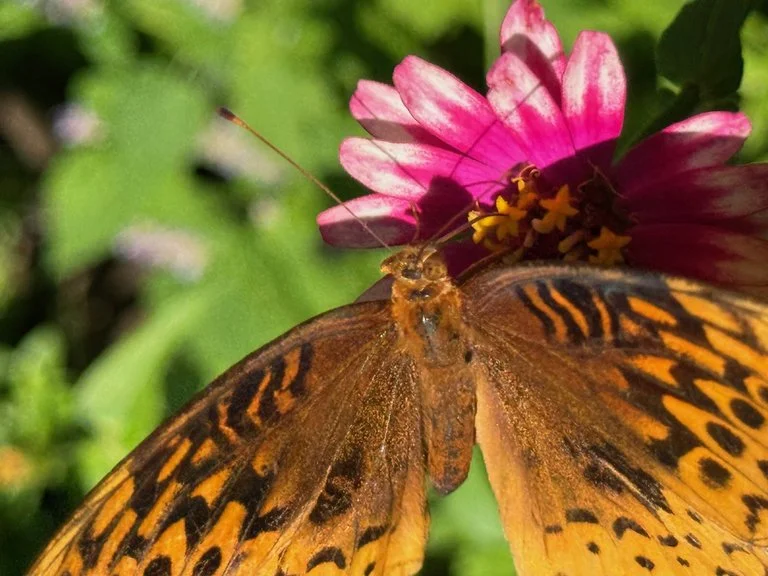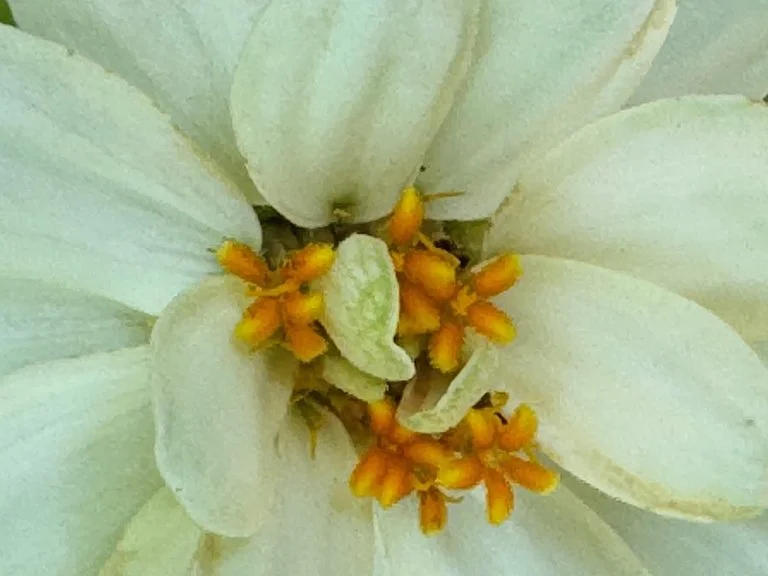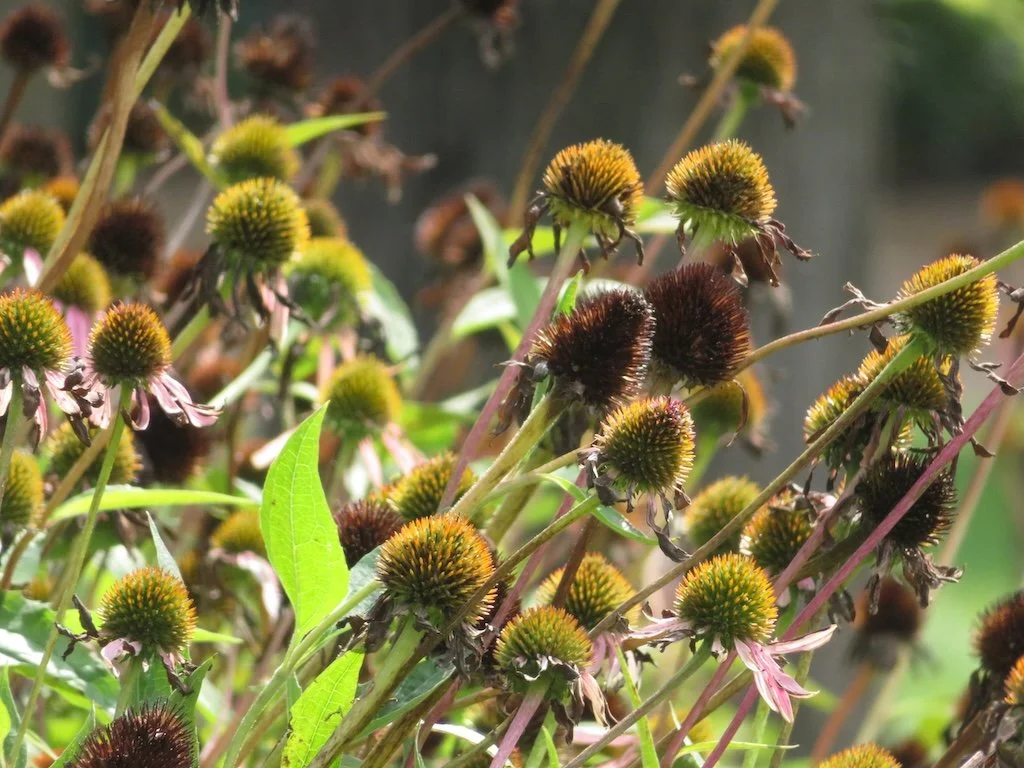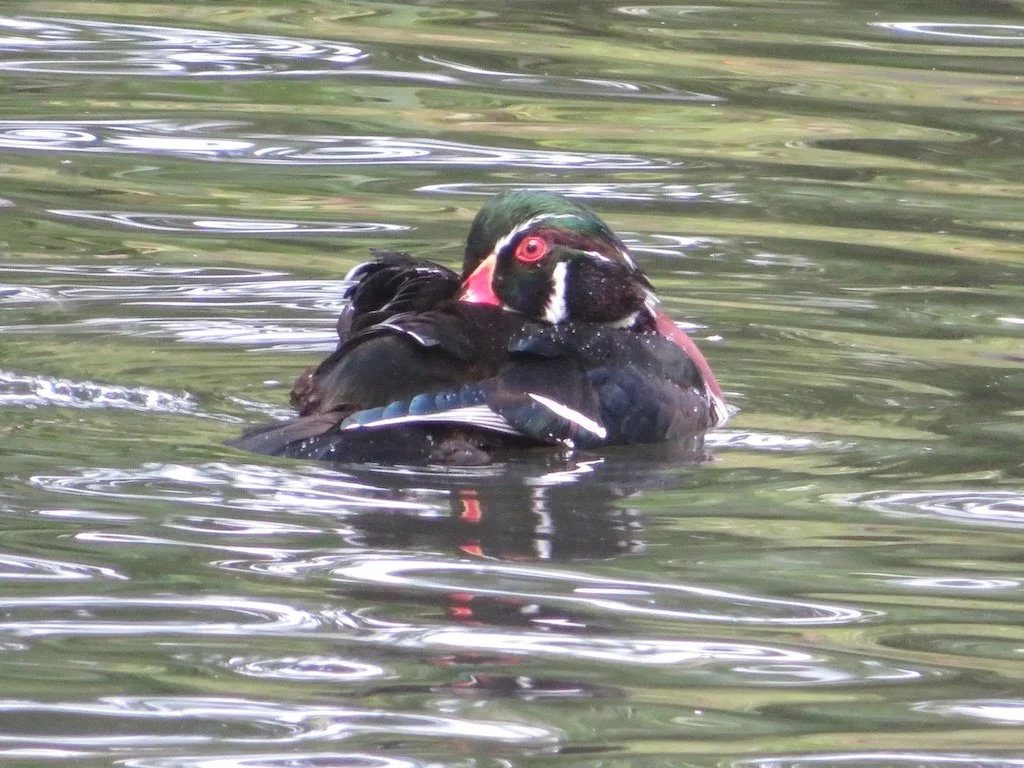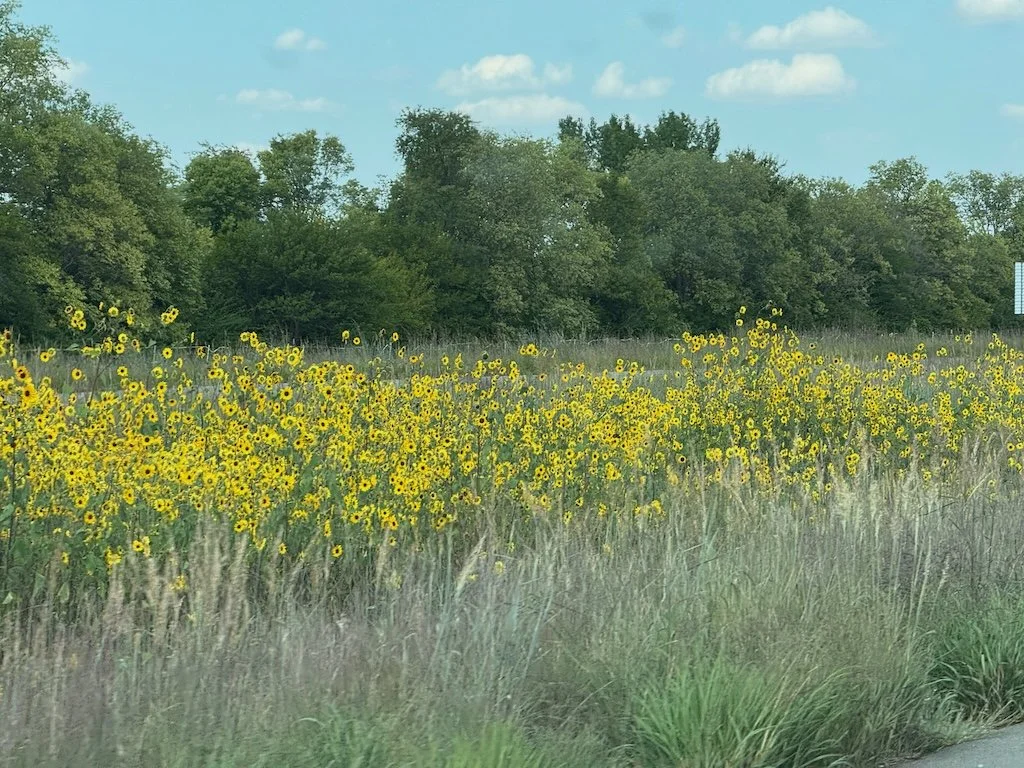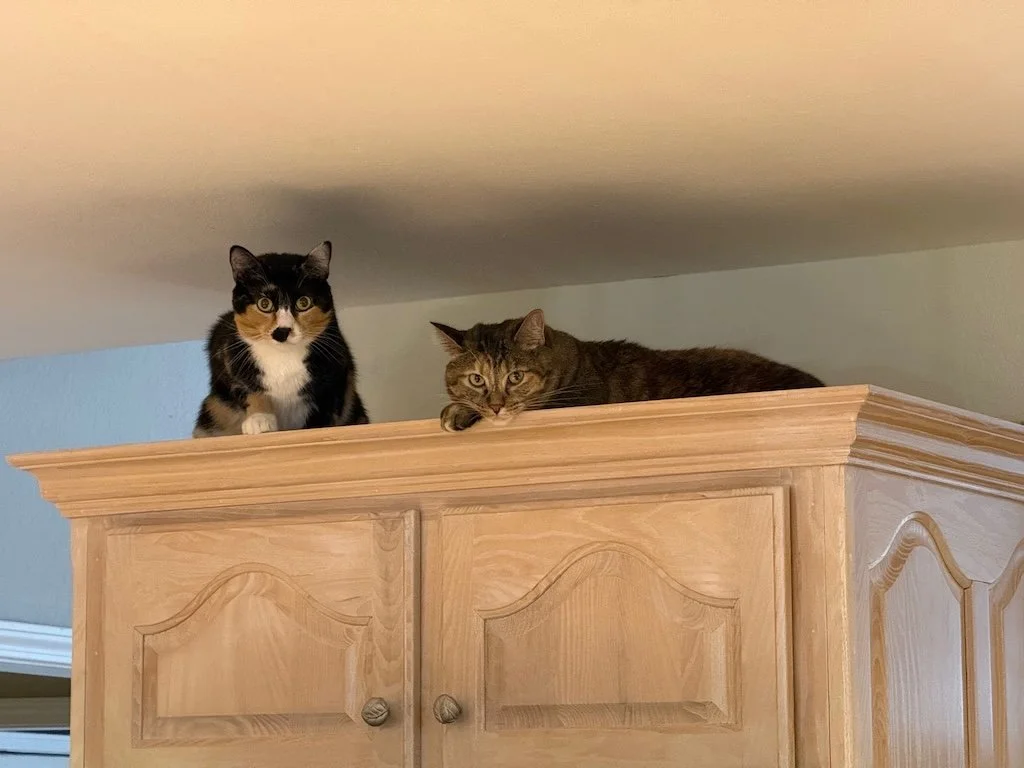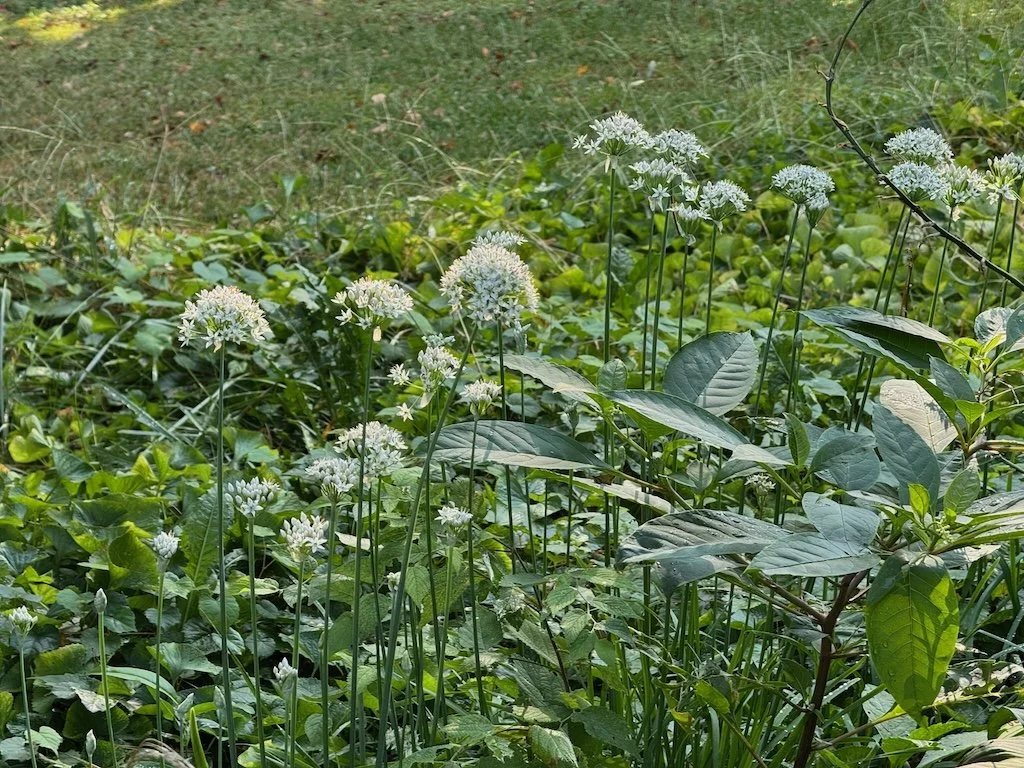Gleanings of the Week Ending October 20, 2018
/The items below were ‘the cream’ of the articles and websites I found this past week. Click on the light green text to look at the article.
Tracking exploding ice cracks on Himalayan glaciers - GeoSpace - AGU Blogosphere – Research about the seismic noise of glaciers.
Researchers have discovered how to slow aging: Natural product found to reduce the level of damaged cells in the body, caused by aging -- ScienceDaily – I never know what to think of these early findings…but the logical take away from this one is eat fruits and veggies since that is the source for Fisetin. But – that’s been dietary guidance for a long time.
Belly Fat Has a Role to Play in Fighting Infections | The Scientist Magazine® - Research is yielding some functions of the omentum…but there is still a lot to discover about the role this organ plays in the body.
Recovery: Prairies Under the Sea – Cool Green Science – Eel grass recovery…a success story close to where I live. The success with sea grass restoration in Tampa Bay faced a setback with this year’s red-tide blooms.
Keep your salad greens safe | Berkeley Wellness – I agree with everything except the ‘bag them’ since I am trying not to get any plastic bags at all. I take a bin with me to the grocery store for wet items and use mesh or paper bags for the dry items. And make sure the meats are in a separate bag from my produce at the checkout.
Voyager 2 Detects Hints That Interstellar Space Is Nearby – Launched in 1977, Voyager 2 is getting closer and closer to leaving the solar system.
The Mystery of the Dying Mesquites – Cool Green Science – Unappreciated trees – dying away – and finally noticed. Too late to be saved?
Decades of Trash Burst Out of Yellowstone Geyser | Smart News | Smithsonian – Yuck! Hopefully we are better now at keeping trash out of the geysers.
Top 25 Wild Bird Photographs of the Week: Birds Feeding – National Geographic Blog – So much to like about birds….in every aspect of their lives.
Hurricane Michael Flooding Damage Assessment Images – From NOAA. Use the sliders on the images to look images before and after the Hurricane.








